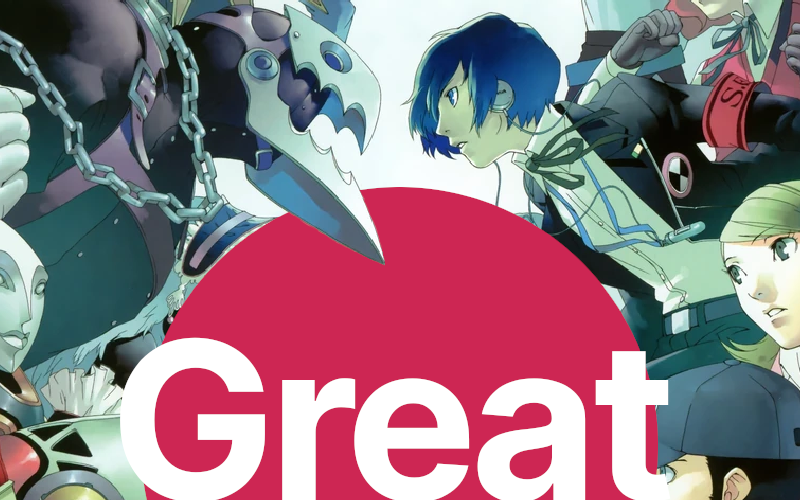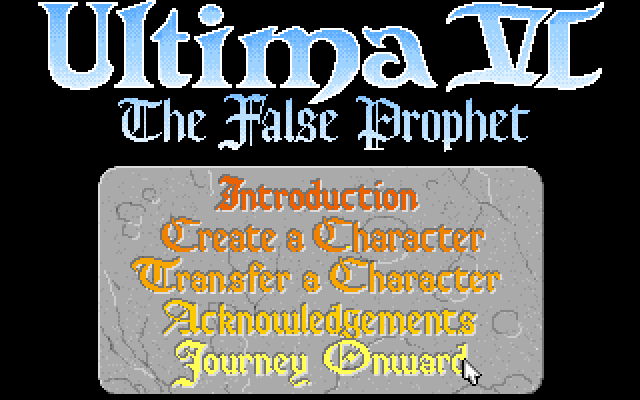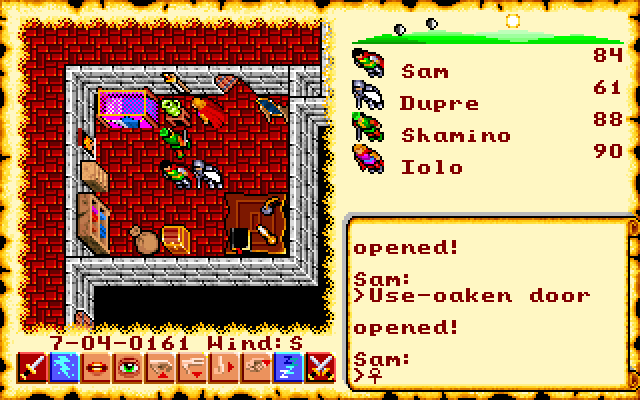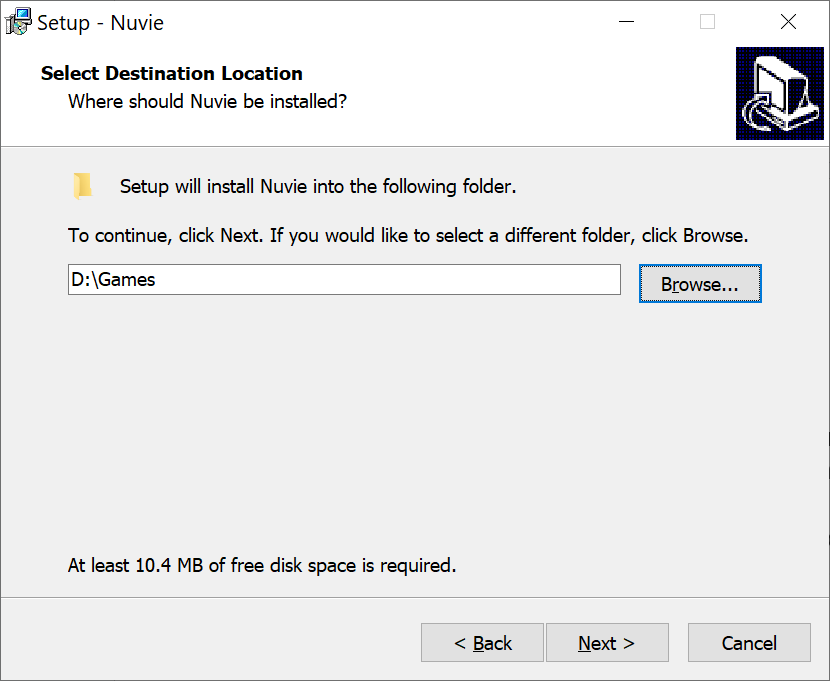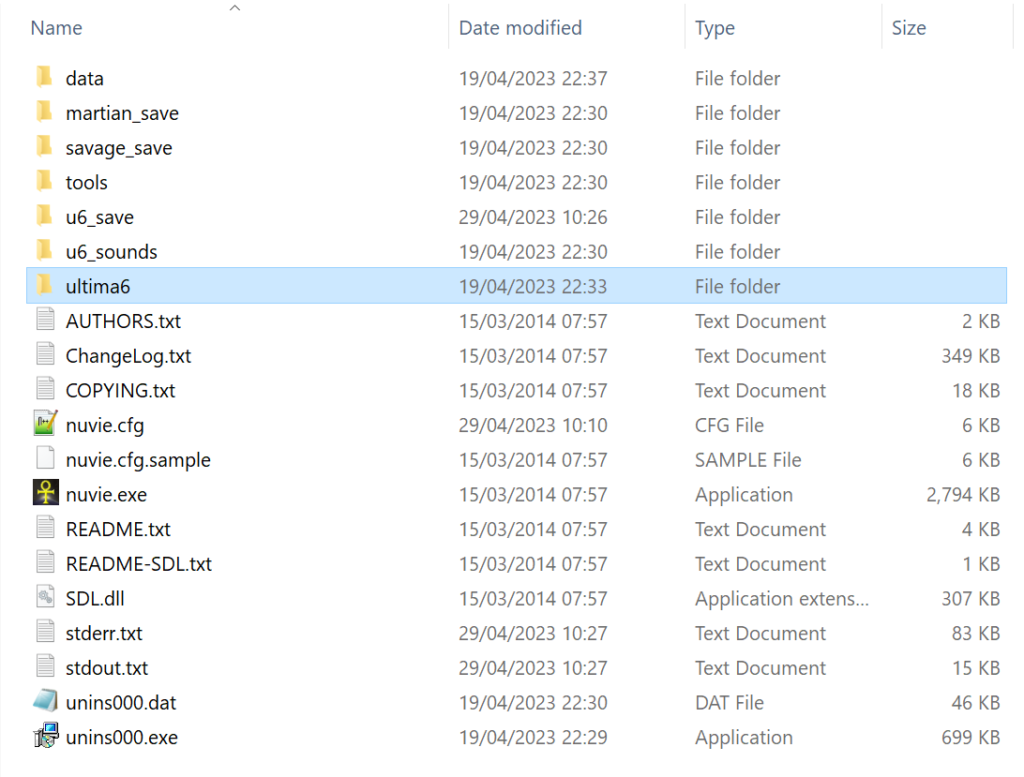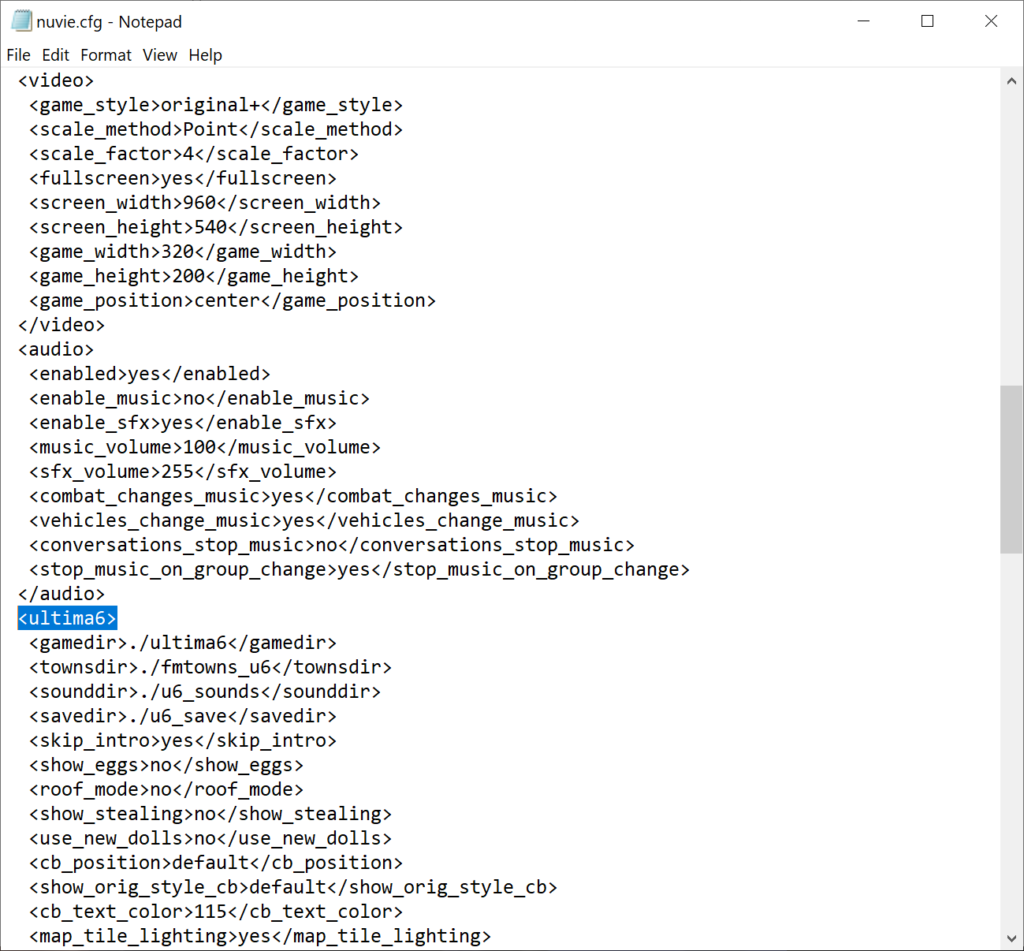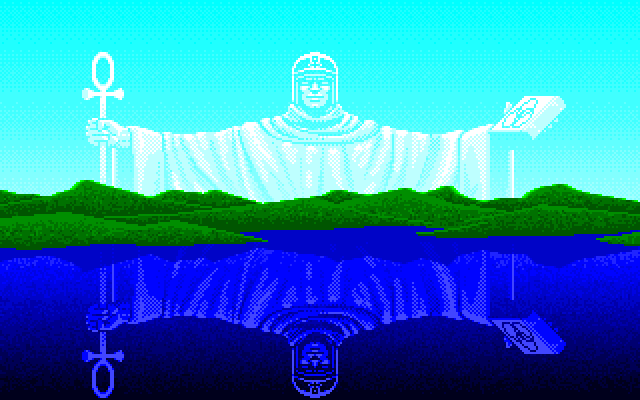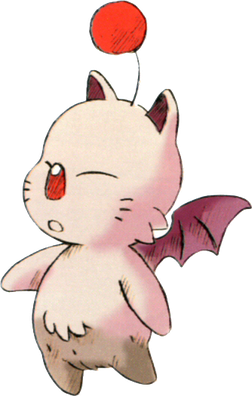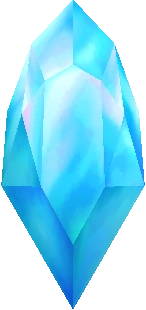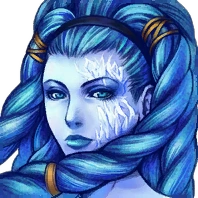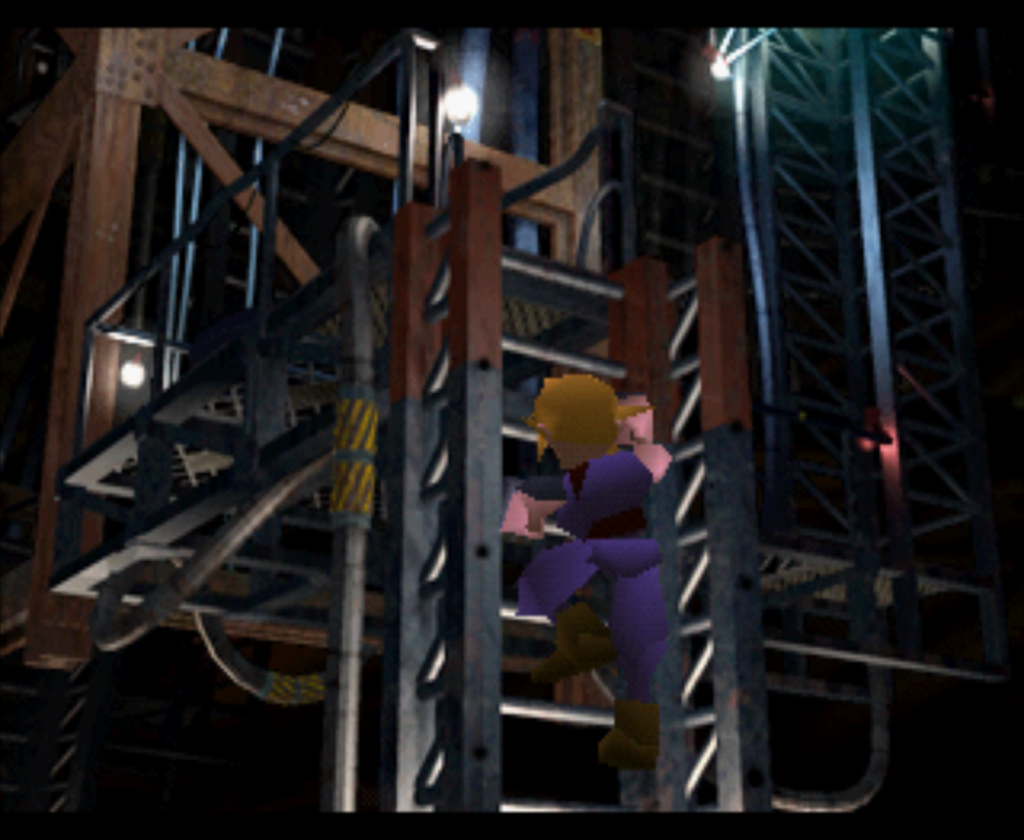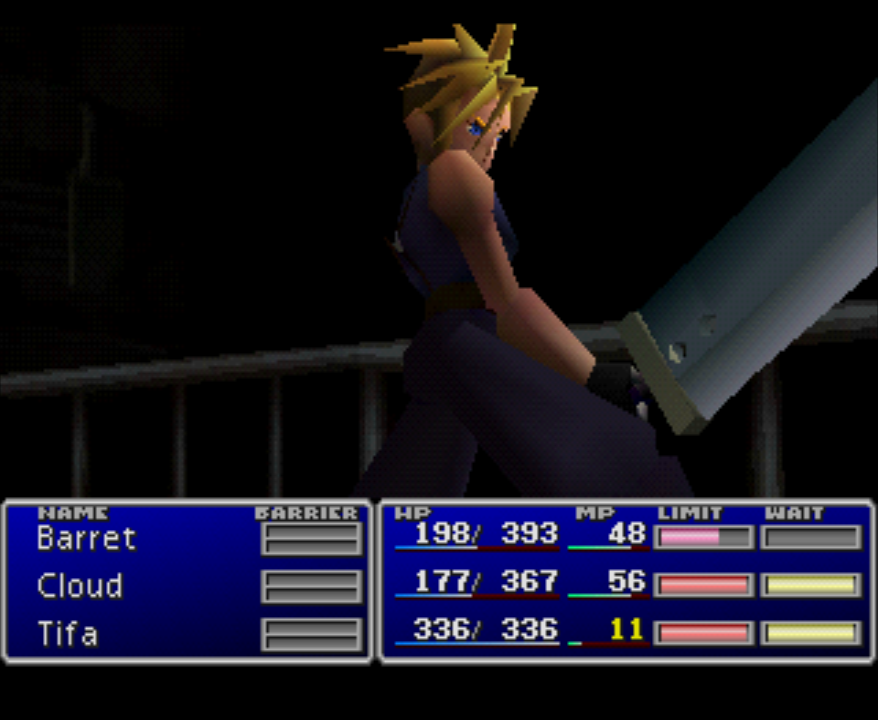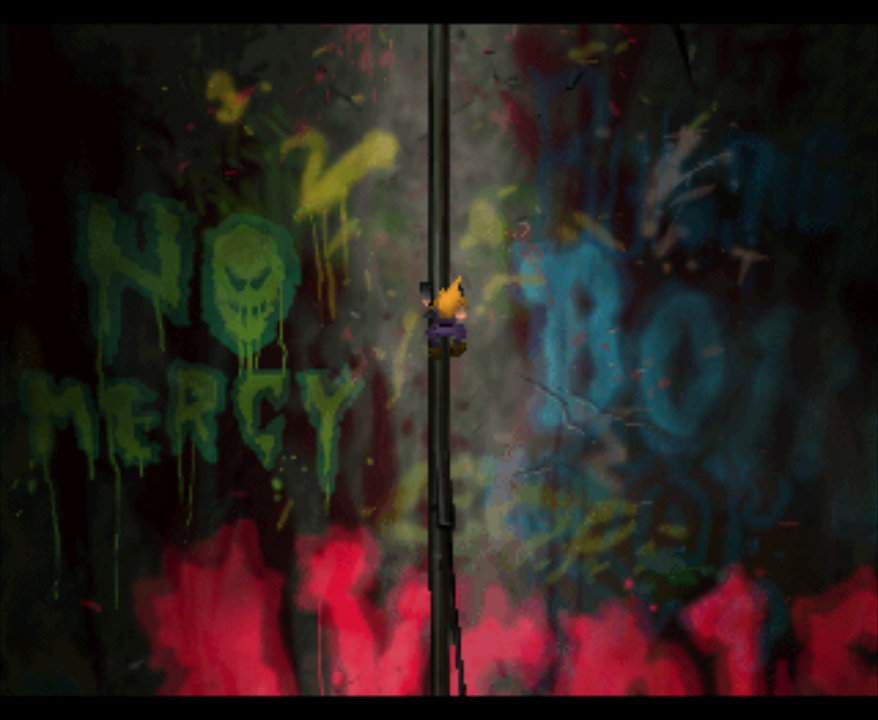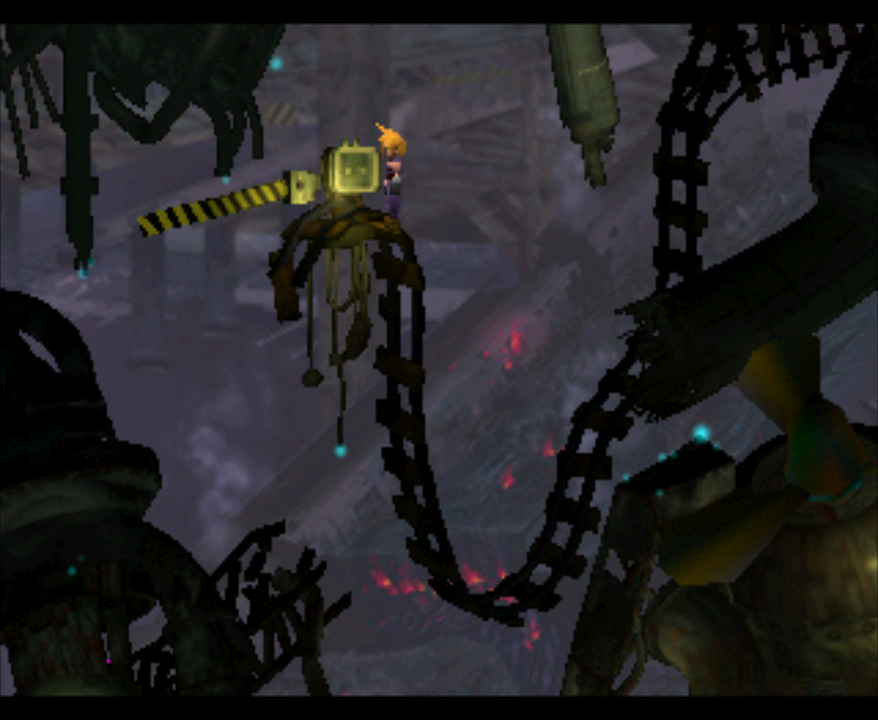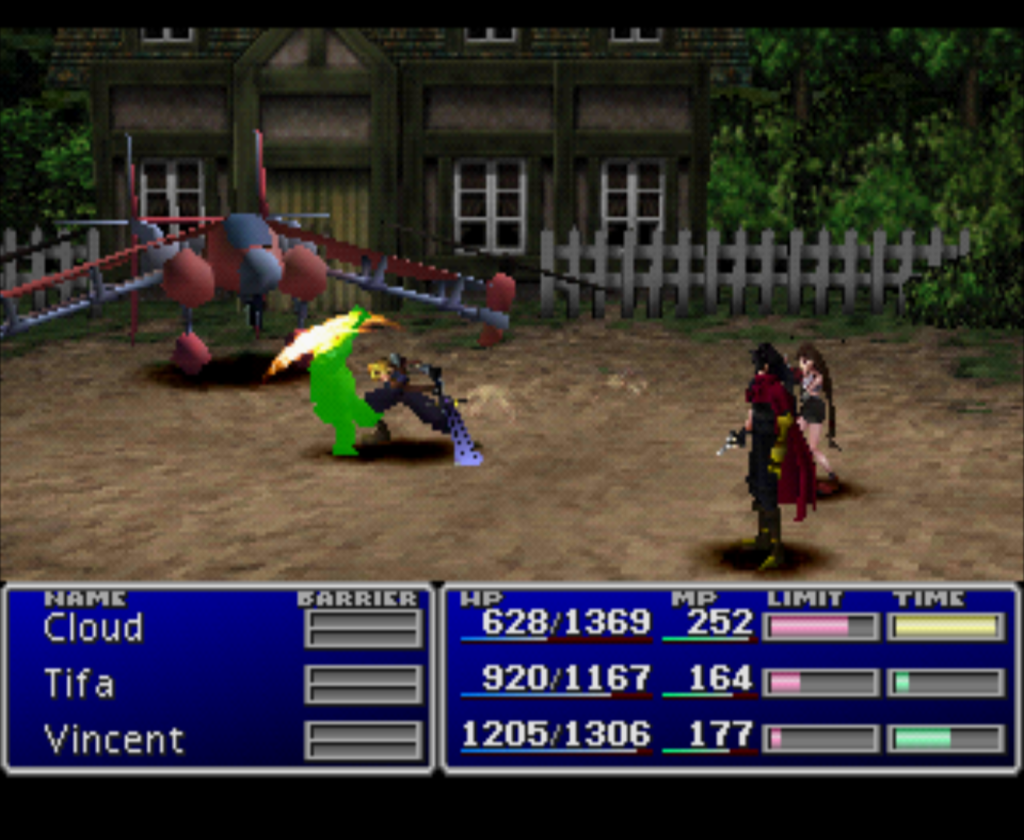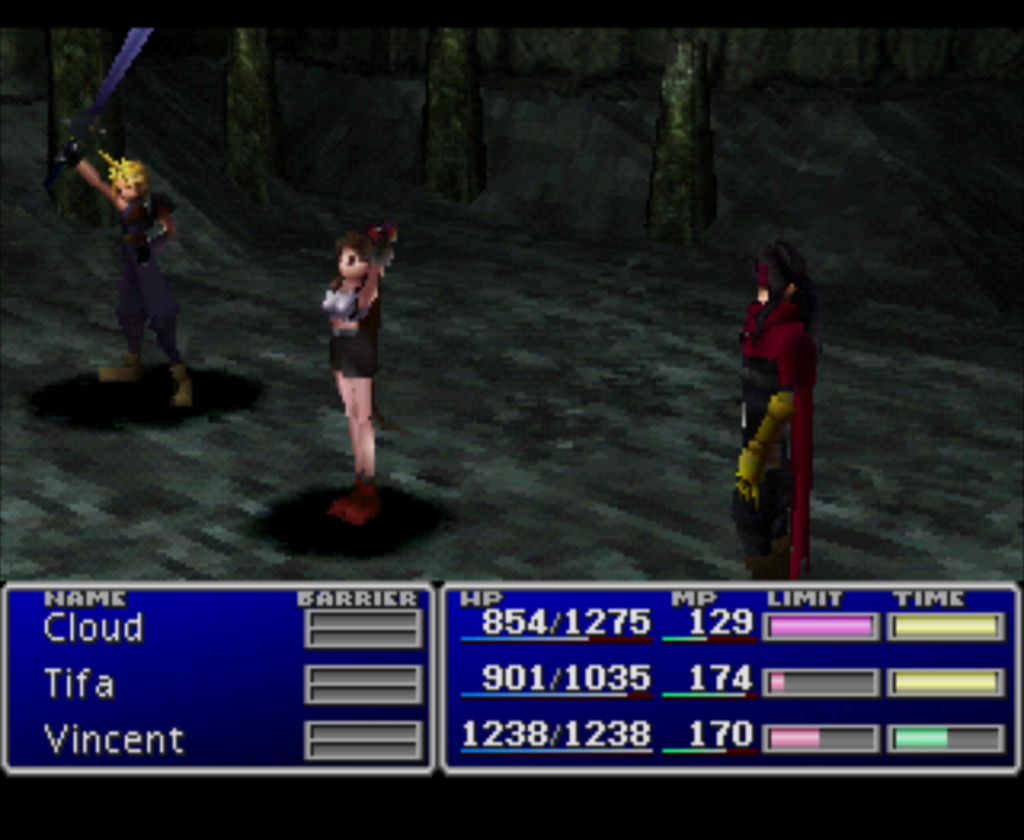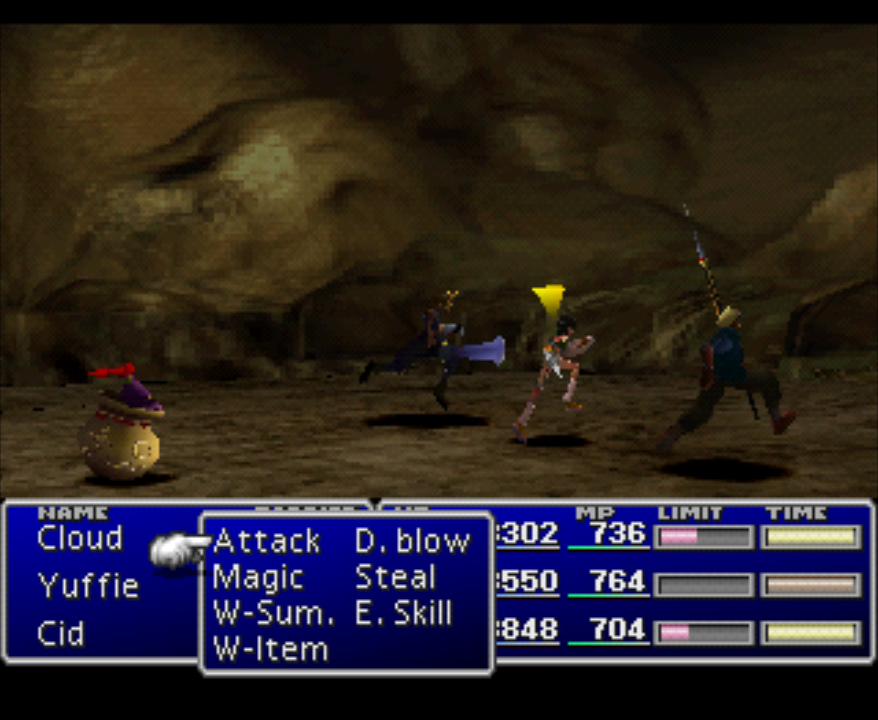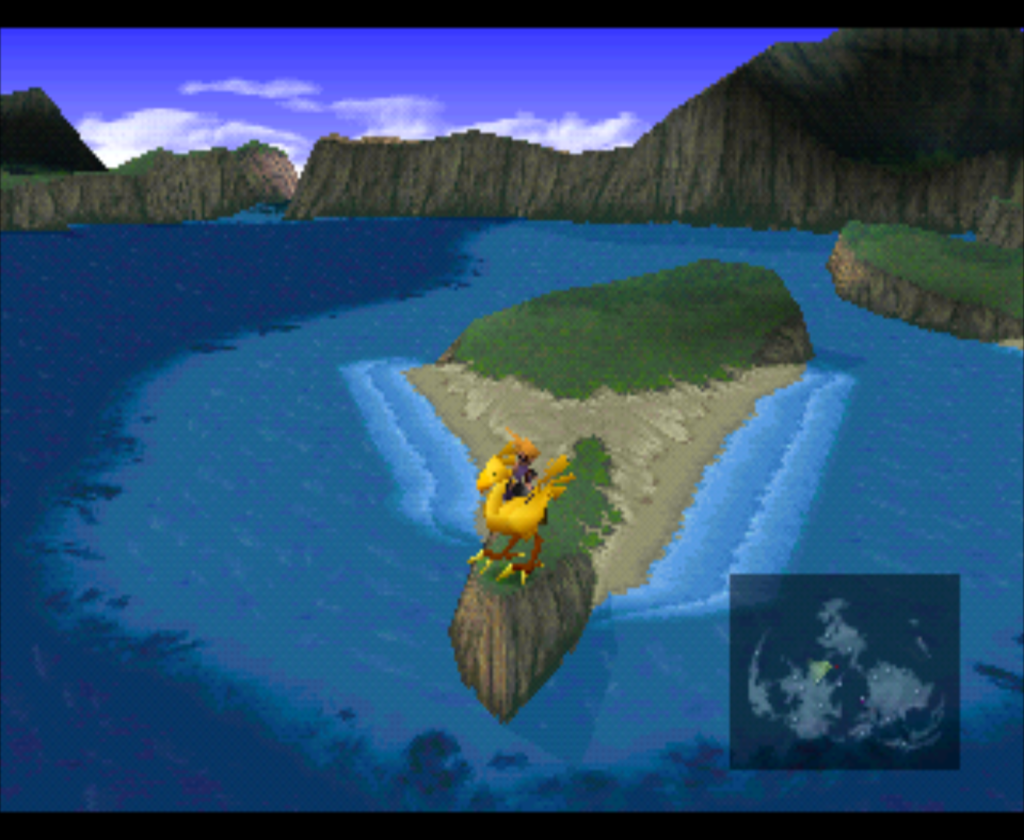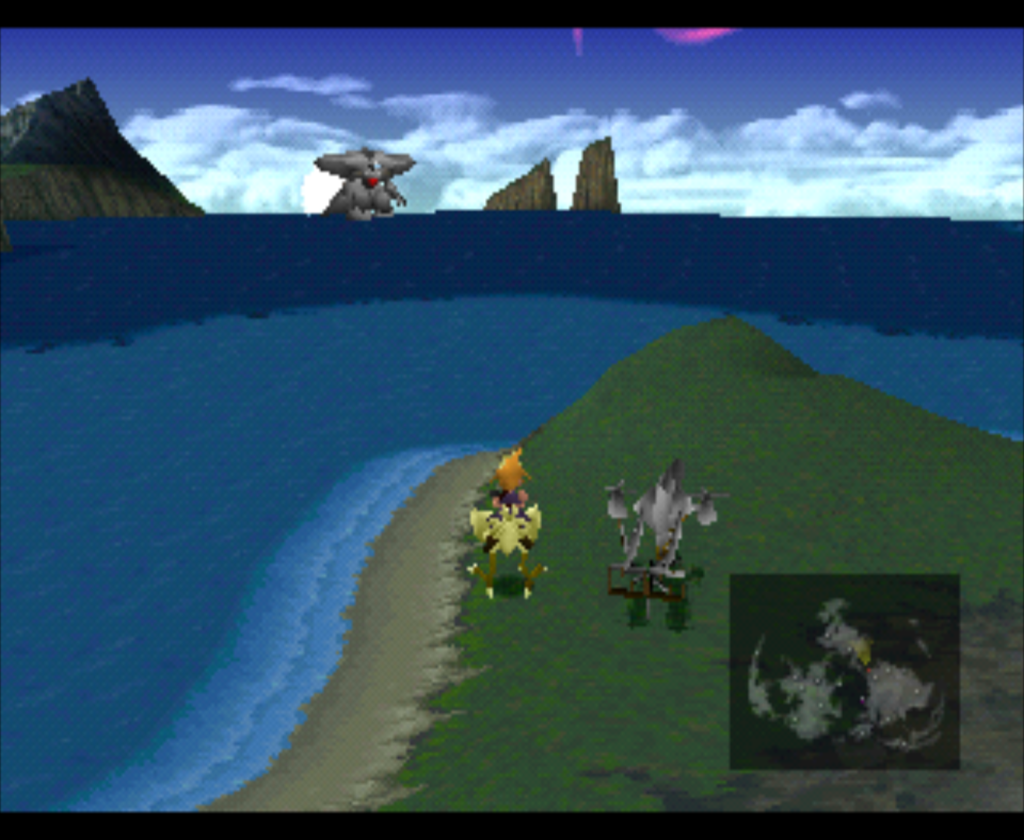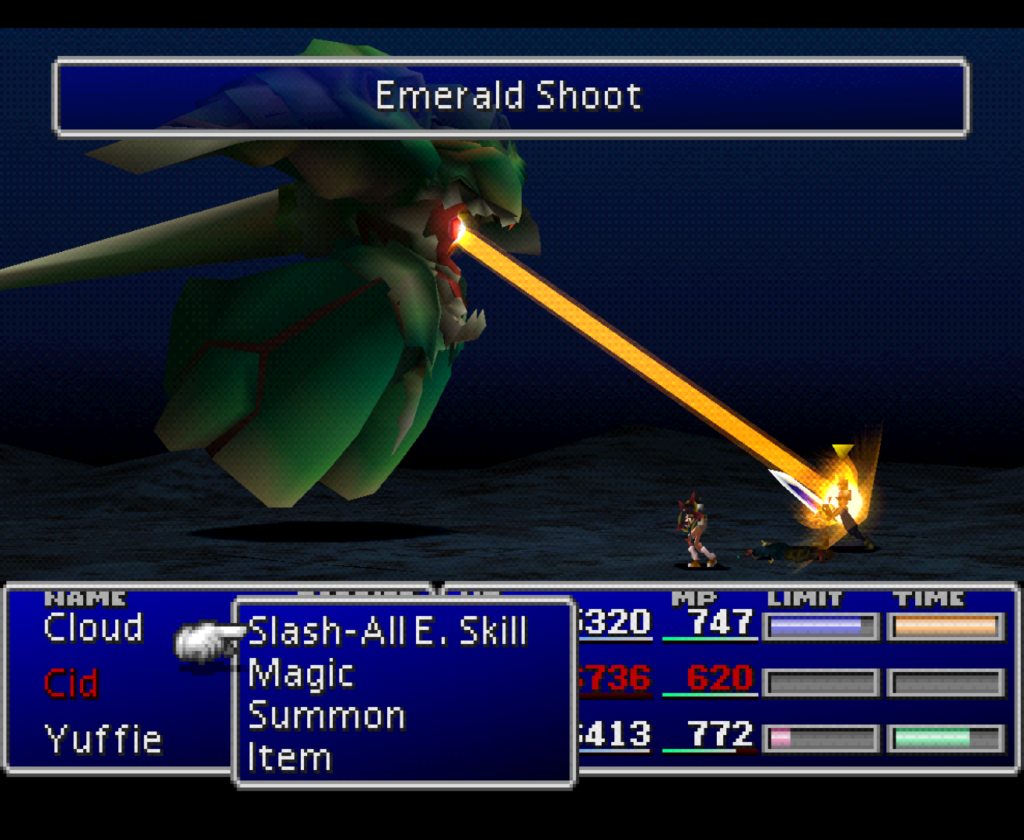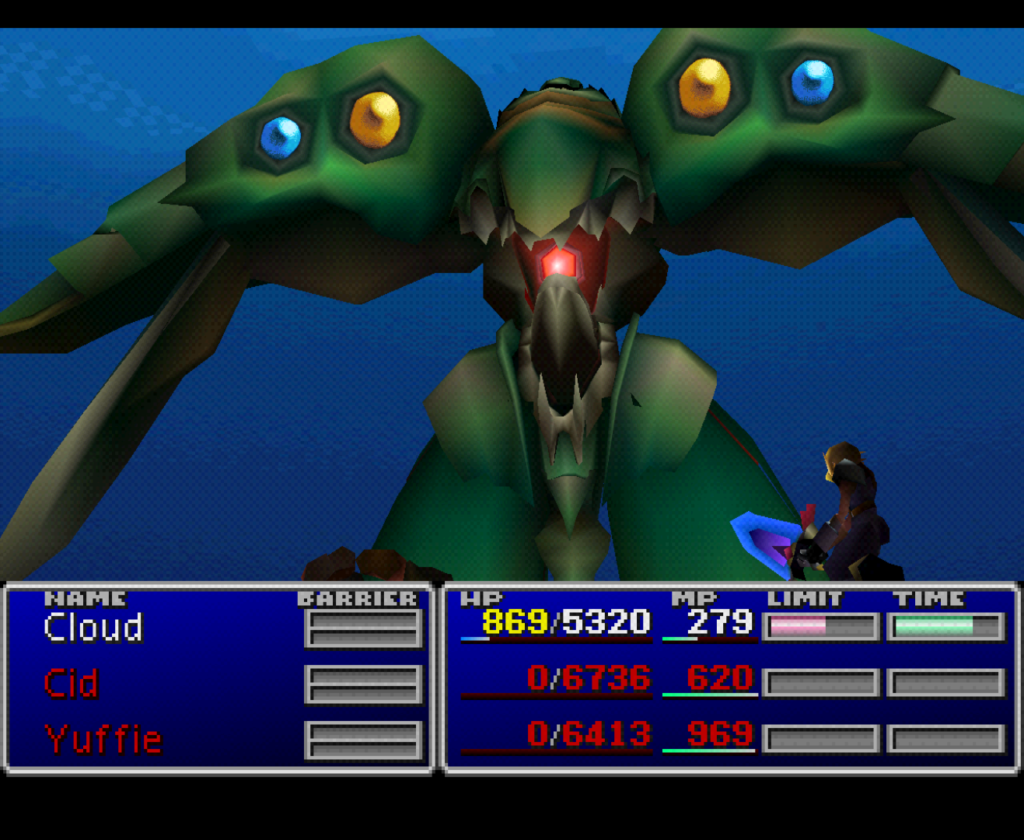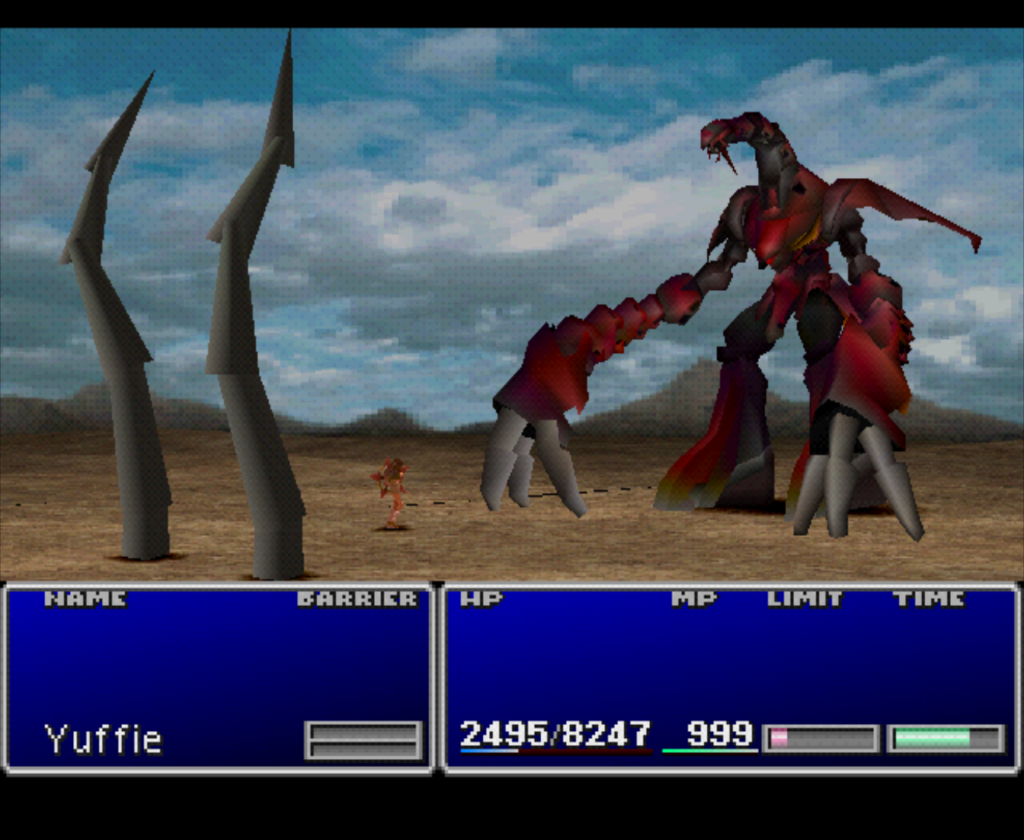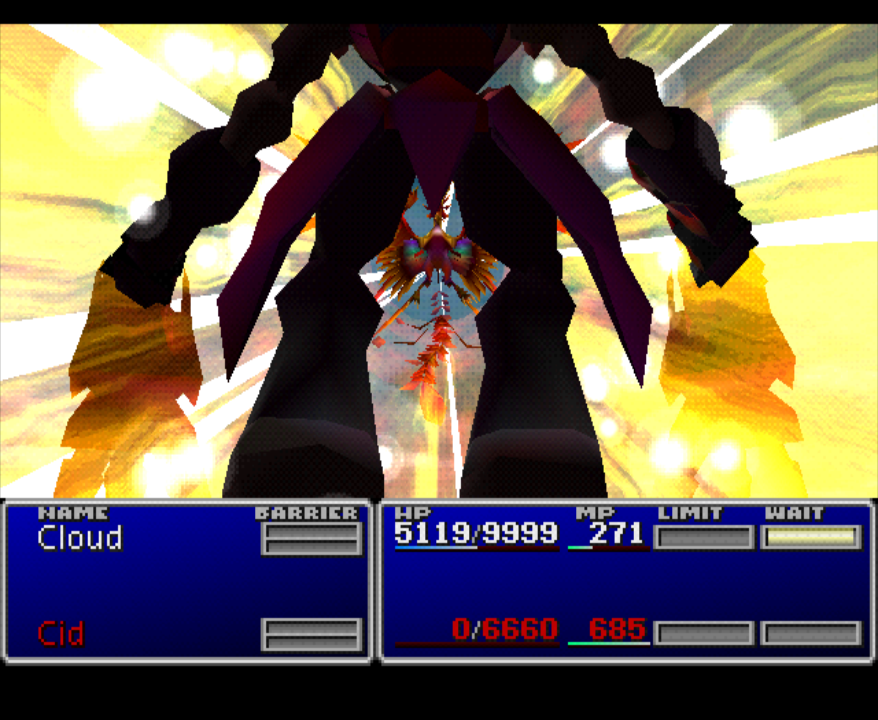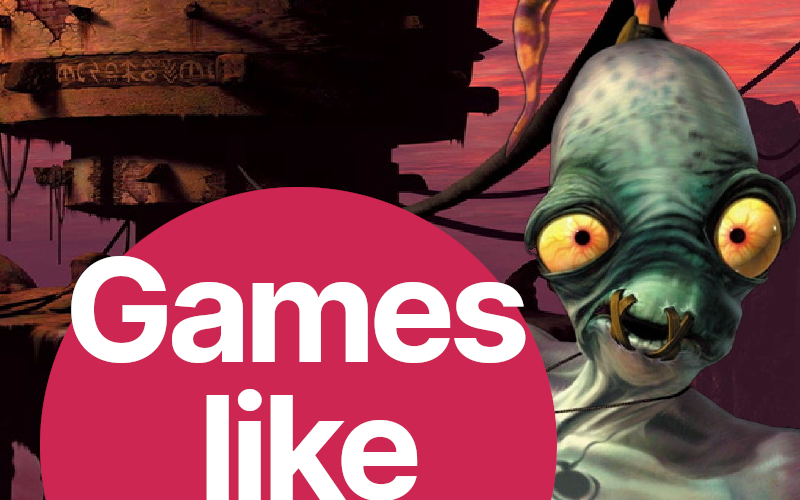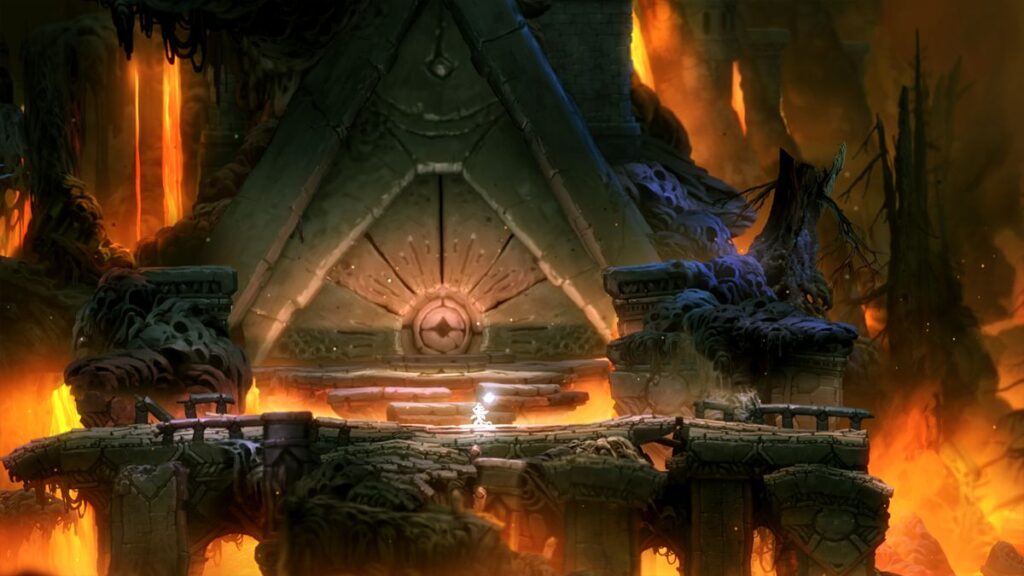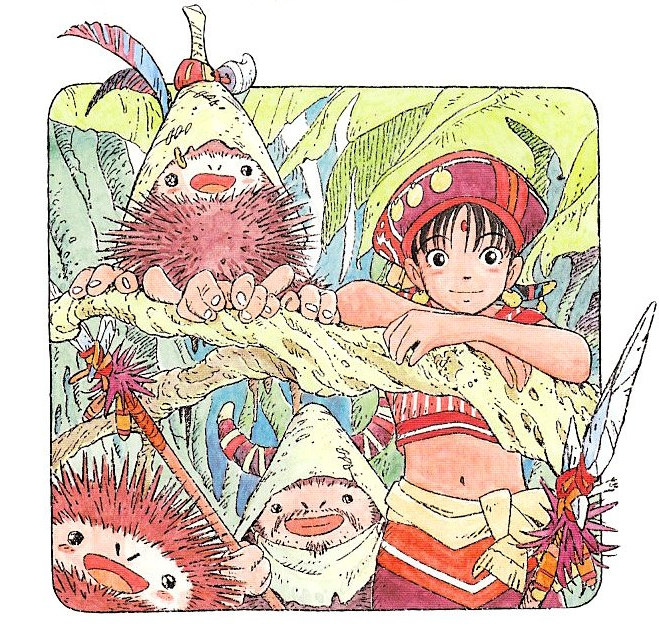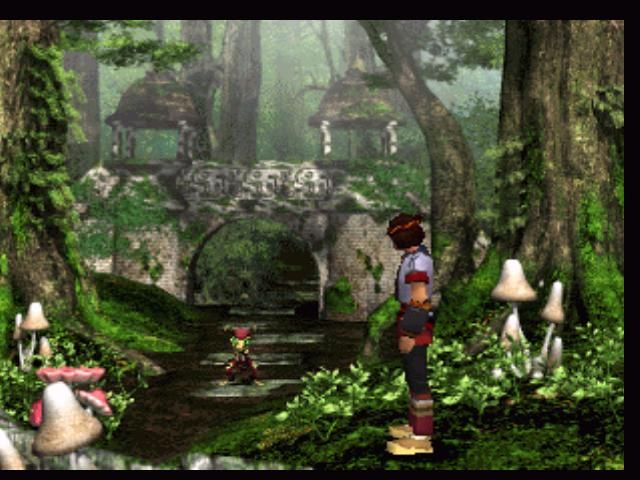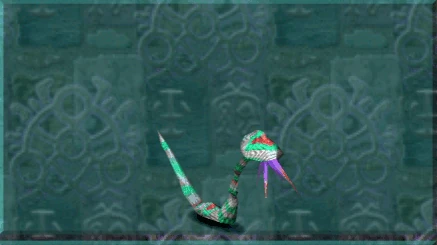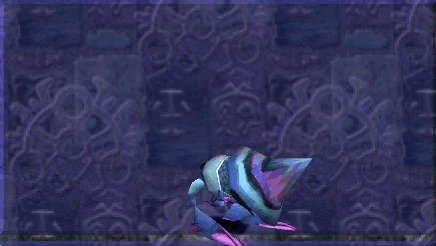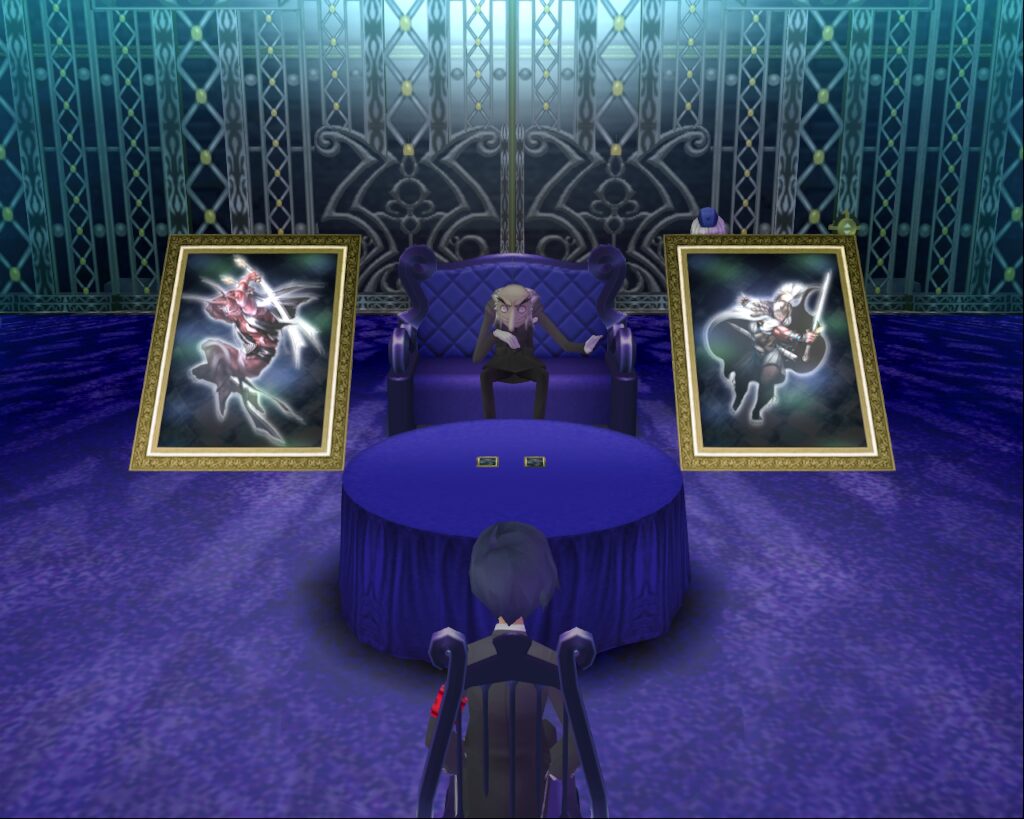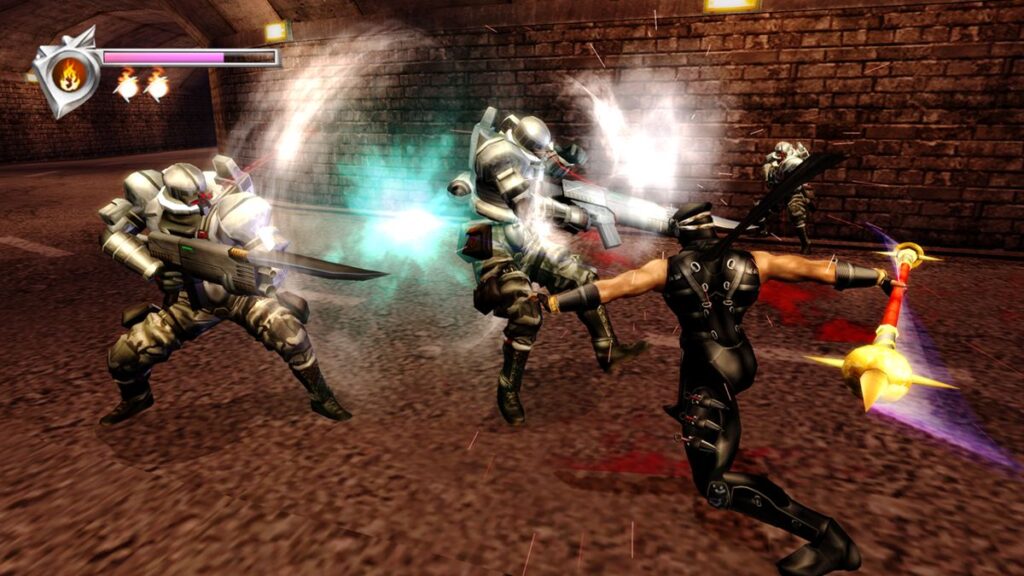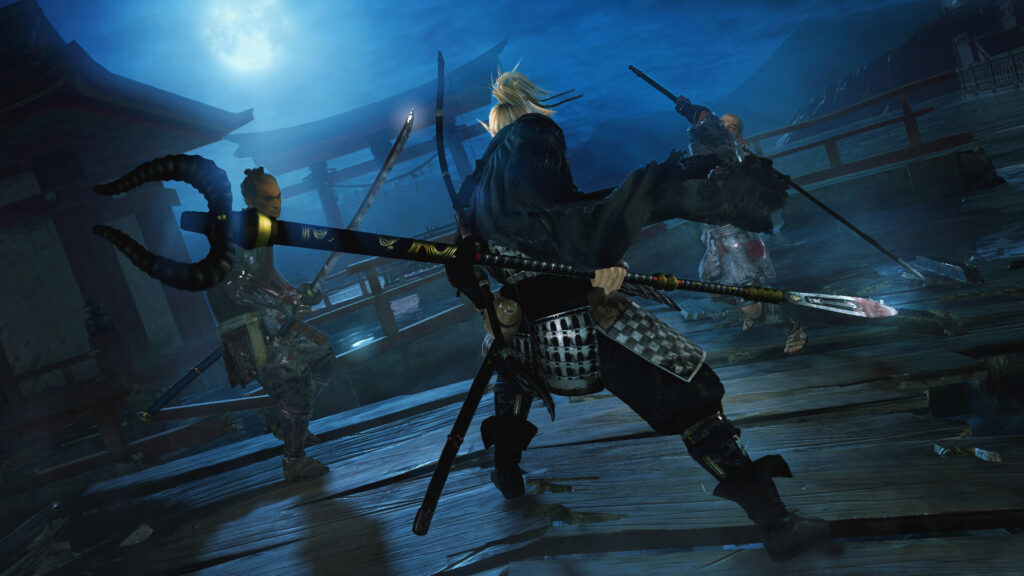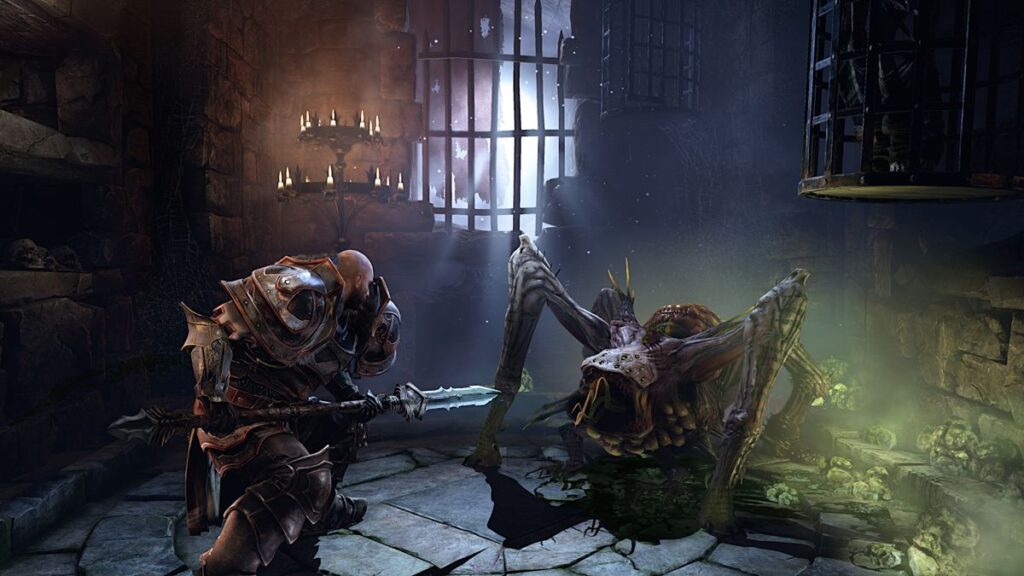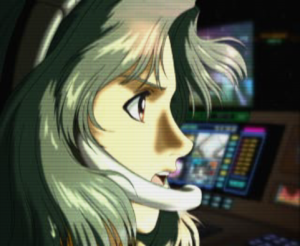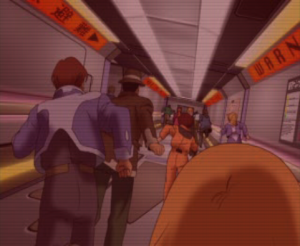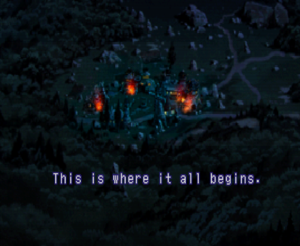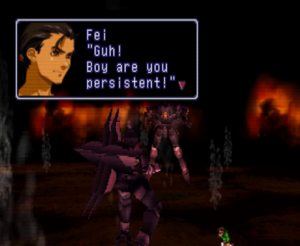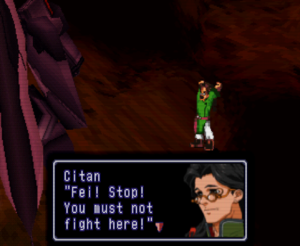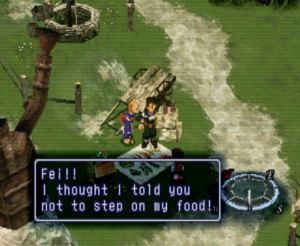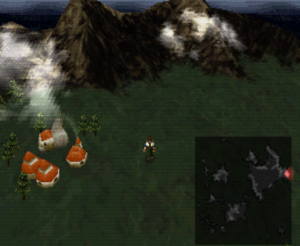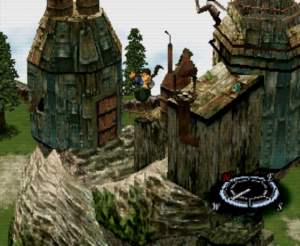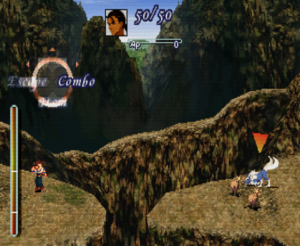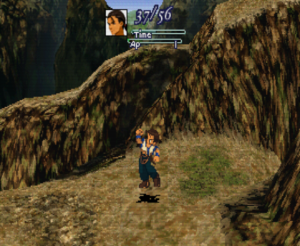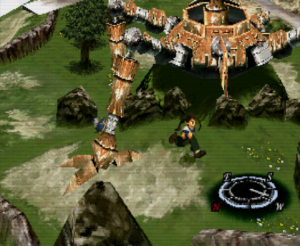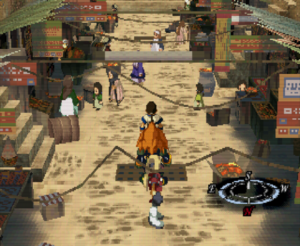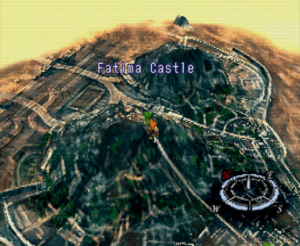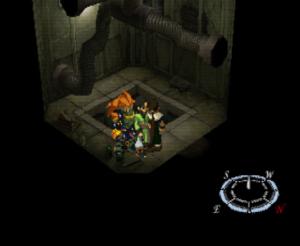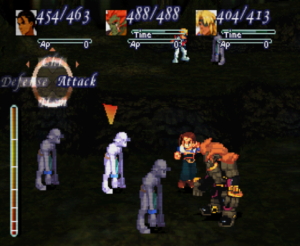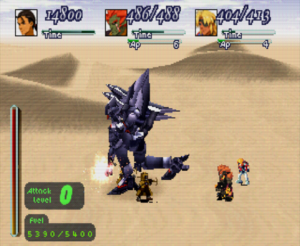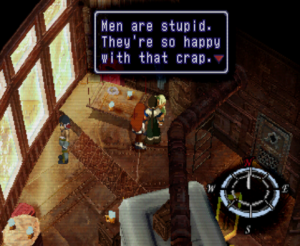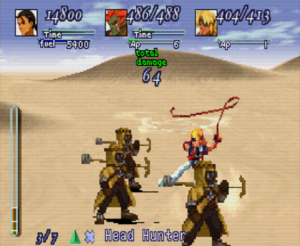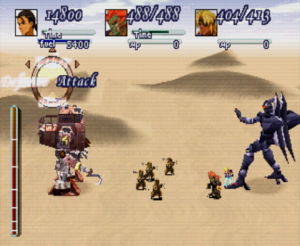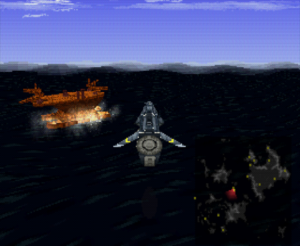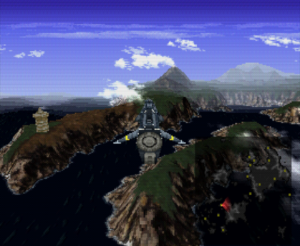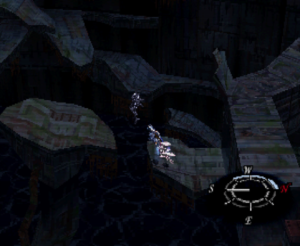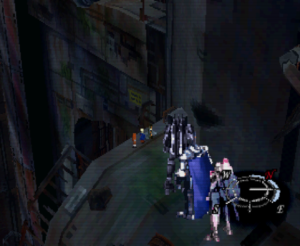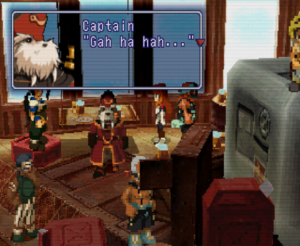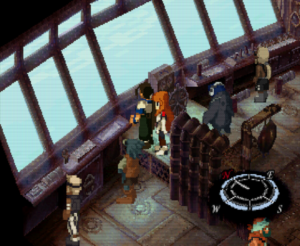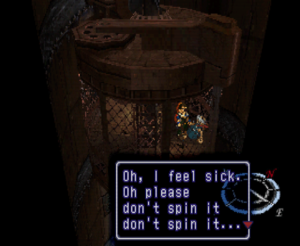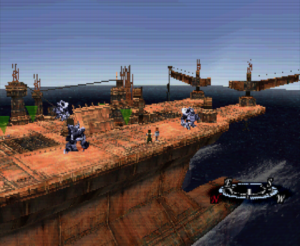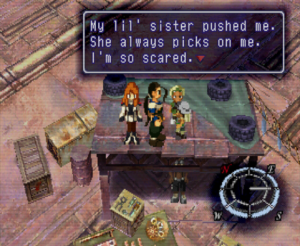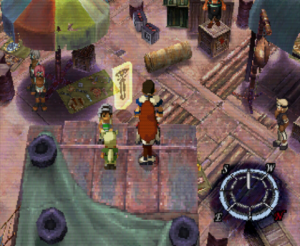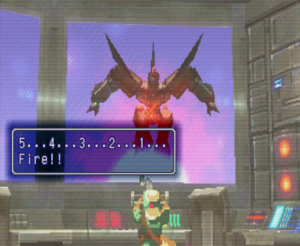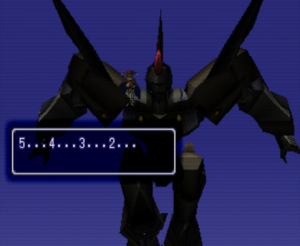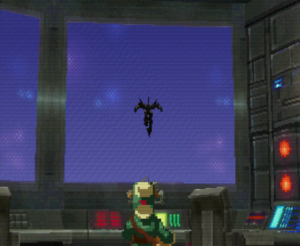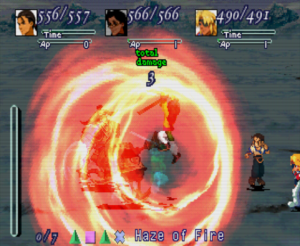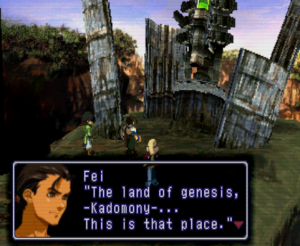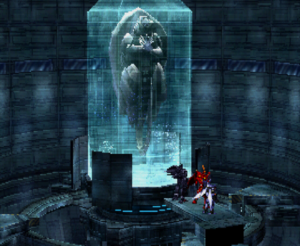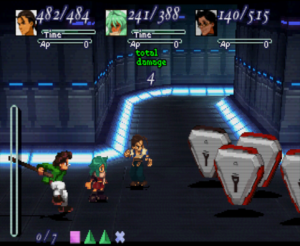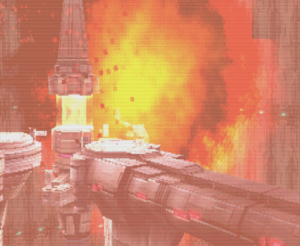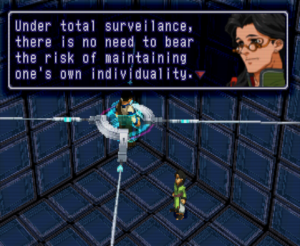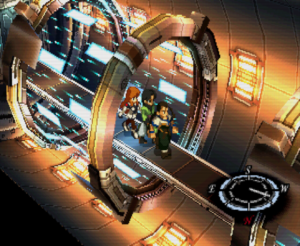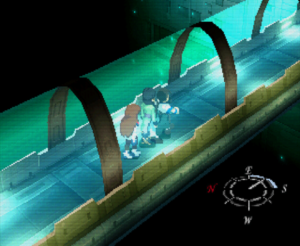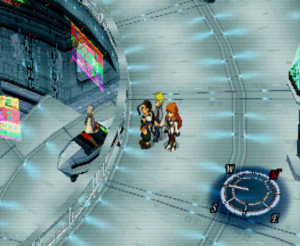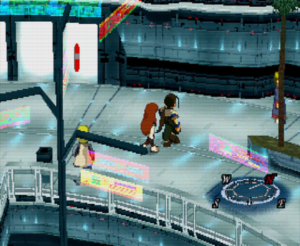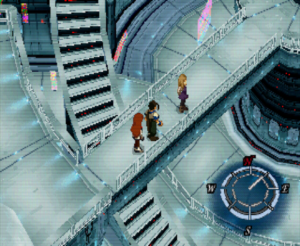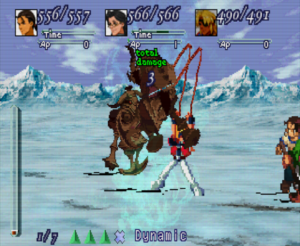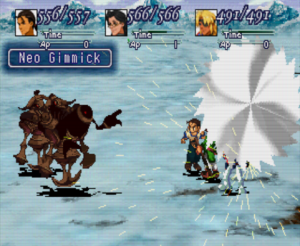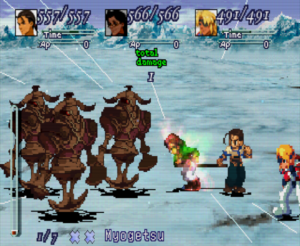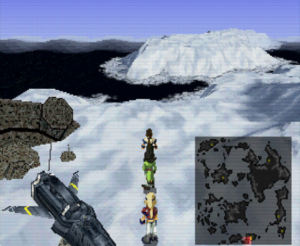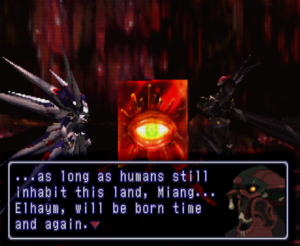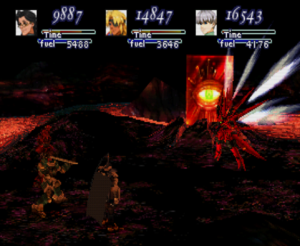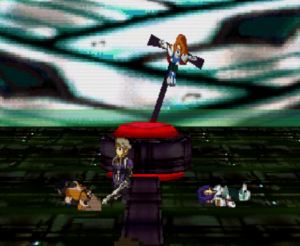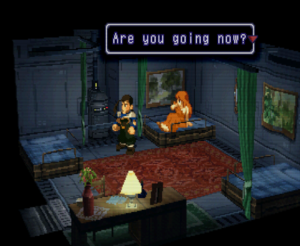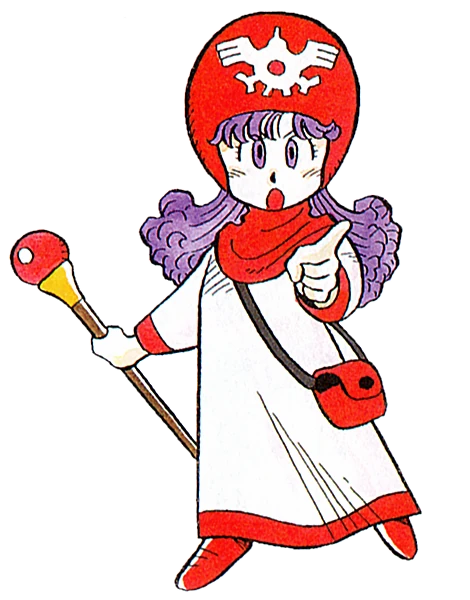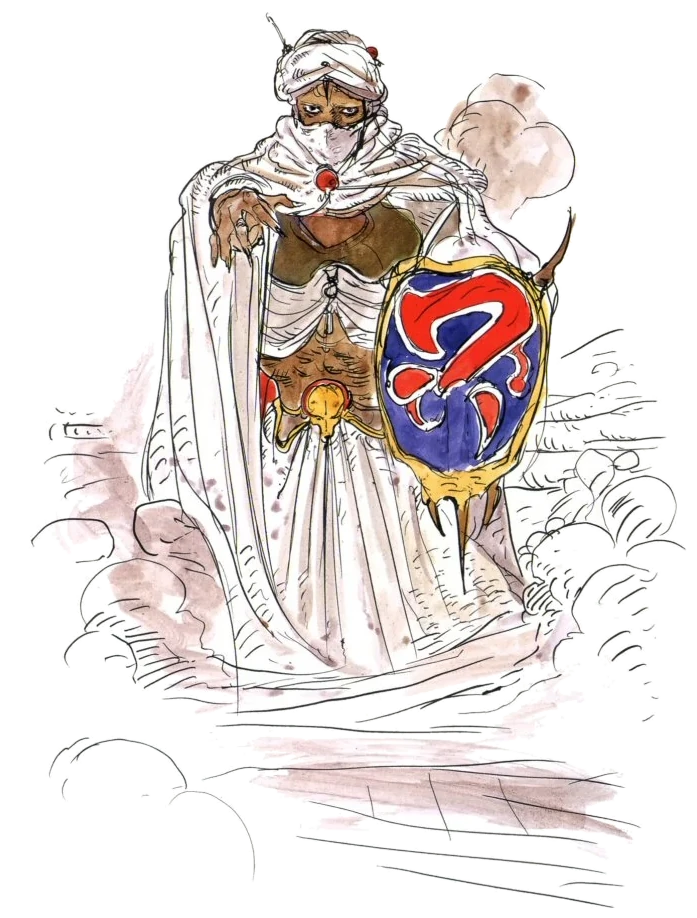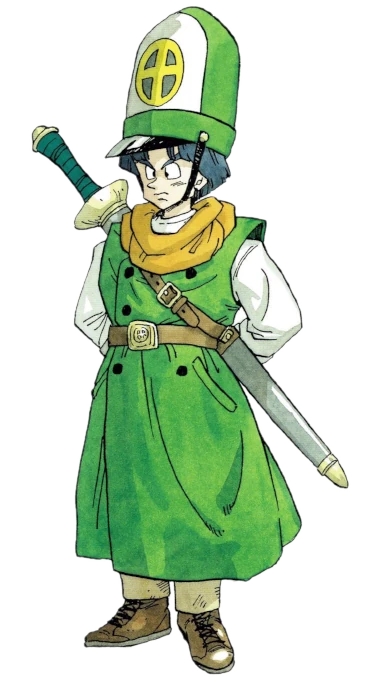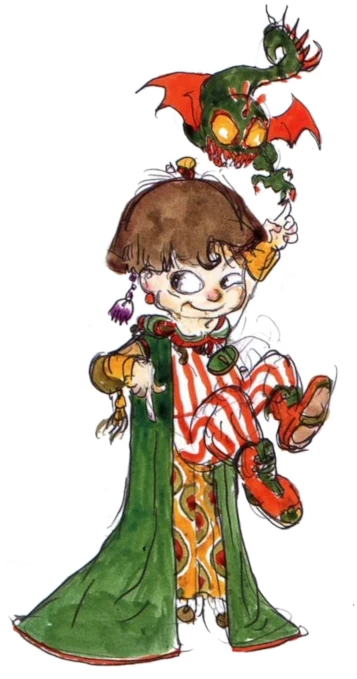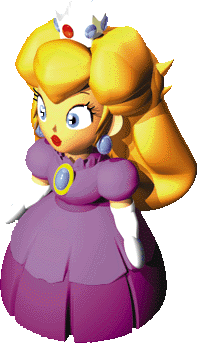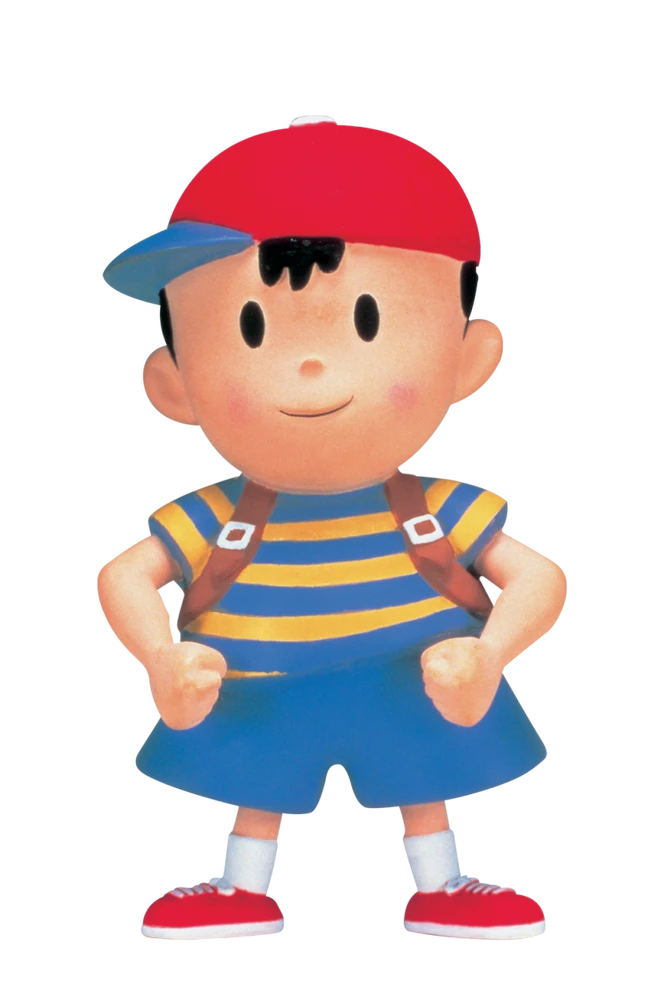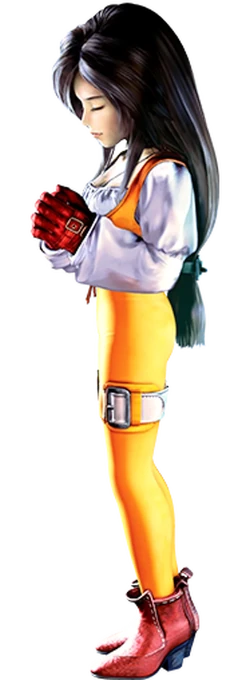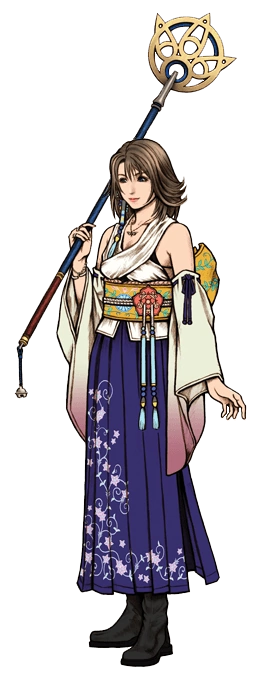When I think back to the very beginning of the P3 project, I remember trying to accomplish two things: to create a worthy sequel to a great series, and to create the ideal hybrid of game elements to introduce a new RPG experience.
– Katsura Hashino, Persona 3 Producer & Director
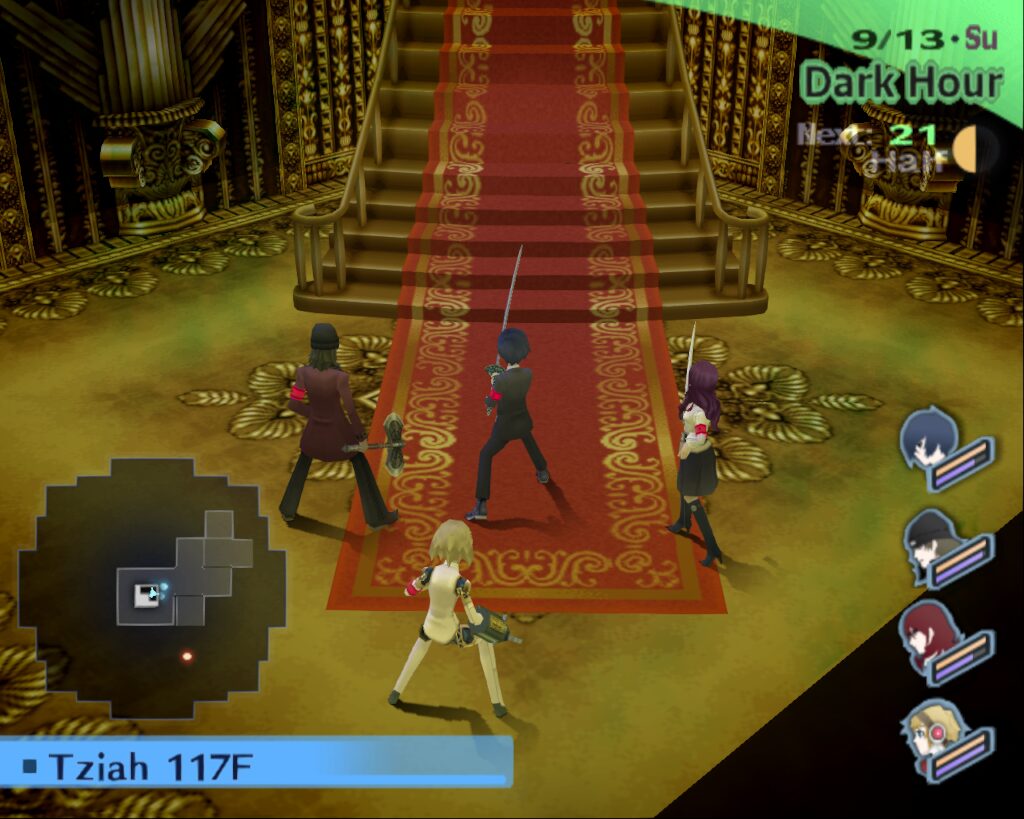
Hybrid. I can’t think of a better word to describe Persona 3, a game of two halves in beautiful harmony, entangled but separate. There is a dungeon crawler and there is a social sim, and if you don’t like one of those genres it might be a deal breaker. However, if you can at least tolerate both, this game might become very special to you.
Persona spawned from the Shin Megami Tensei, a series of punishing dungeon crawlers about convincing demons to fight with you against other demons. Though Persona 3 reuses both the exceptional monster taming mechanics and the high difficulty, it pairs it with a captivating aesthetic, world and characters that the progenitor series lacked. That makes Persona 3 a double threat, sinking one hook into you with its style and another with its systems.
All this took me totally by surprise. As a JRPG veteran who thought he had a great understanding of what the genre had to offer, I didn’t expect to play one this year that felt like no other game I had played before.
This might have been because I didn’t have good enough points of comparison. There are other games that have done a similar genre mash-up, and I haven’t played them yet. The Sakura Wars series, for example, are half dating-focused visual novels and half tactical battles, and that sounds like a pretty close match to Persona.
And yet, I can’t shake the feeling that Persona 3 is something truly special.
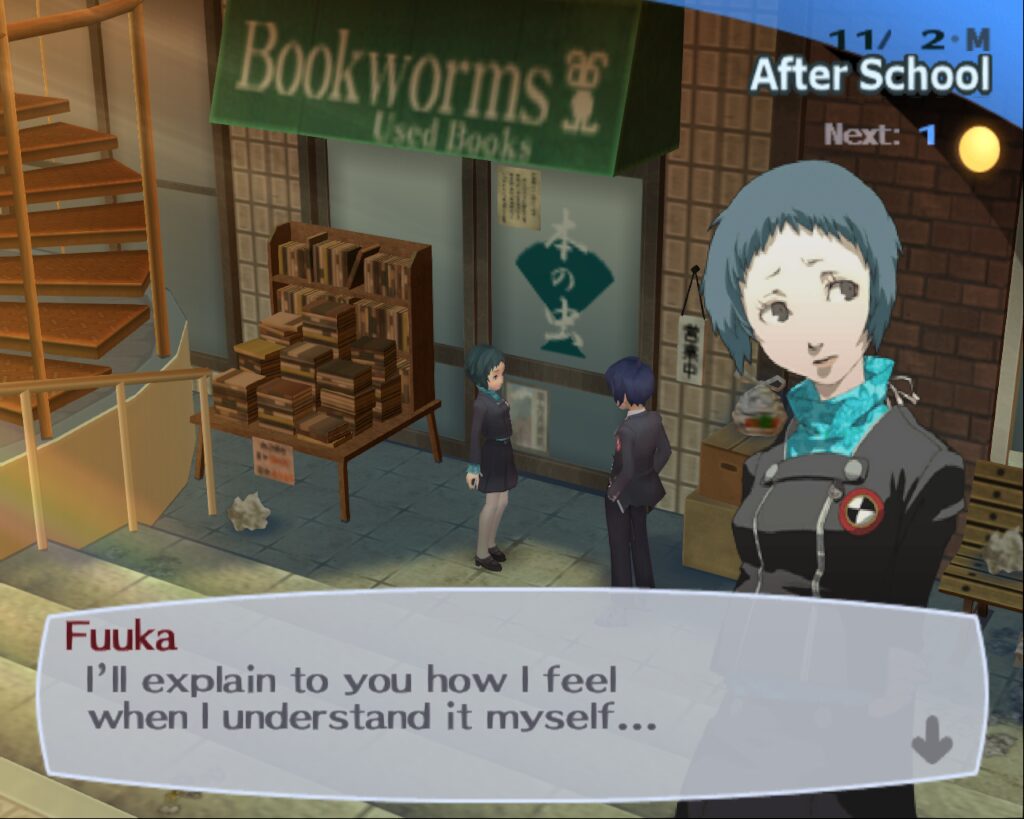
Like the game itself, this review is split into two parts, plus a middle section about social links, the connecting mechanic that make this game work as a whole. Enjoy.
Part 1: A Game About People
Your party are people
Persona 3 is partly a dungeon crawler. It has one dungeon, which is actually a tower, called Tartarus, that you return to again and again. You have a party, of course, who follow you through those dank halls. One common method that JRPGs use to might handle a party of followers is to hide them until a battle breaks out, though in other games your party follow you at all times.
Persona 3 goes a welcome step further: each member of your party is a mechanically separate entity. They can be told to split up and explore the dungeon independently, opening chests and bringing you the booty (I was rarely brave enough take advantage of this option). They can get lost, and even end up in fights without you, agitating you to race to their rescue.

These characters are independent agents, and the game wastes no opportunity in conveying that fact to you. You can’t even access your party’s inventories from your own main menu: you have to talk to them. It’s one of the dialogue options. When you want one of them to heal the party, you talk to them. When you equip them with new items, they say thank you.
We become endeared to characters in JRPGs because of how they look, how they sound, and how they act. Persona 3 ticks off all three, with exceptional voice acting and beautiful character portraits that I never stopped enjoying even after 100 hours: these are portraits that stand up to 1000 views.
But it isn’t the individual parts, but how they are consistently implemented across all levels of the game that makes Persona 3 special. When you are in a battle, characters do not lose their personality: it is only another opportunity for them to express it. When Iori says “Keep it up Yuka-tan!” when Yukari gets a good hit on the enemy, I think about what a great little team and social circle I am part of here.
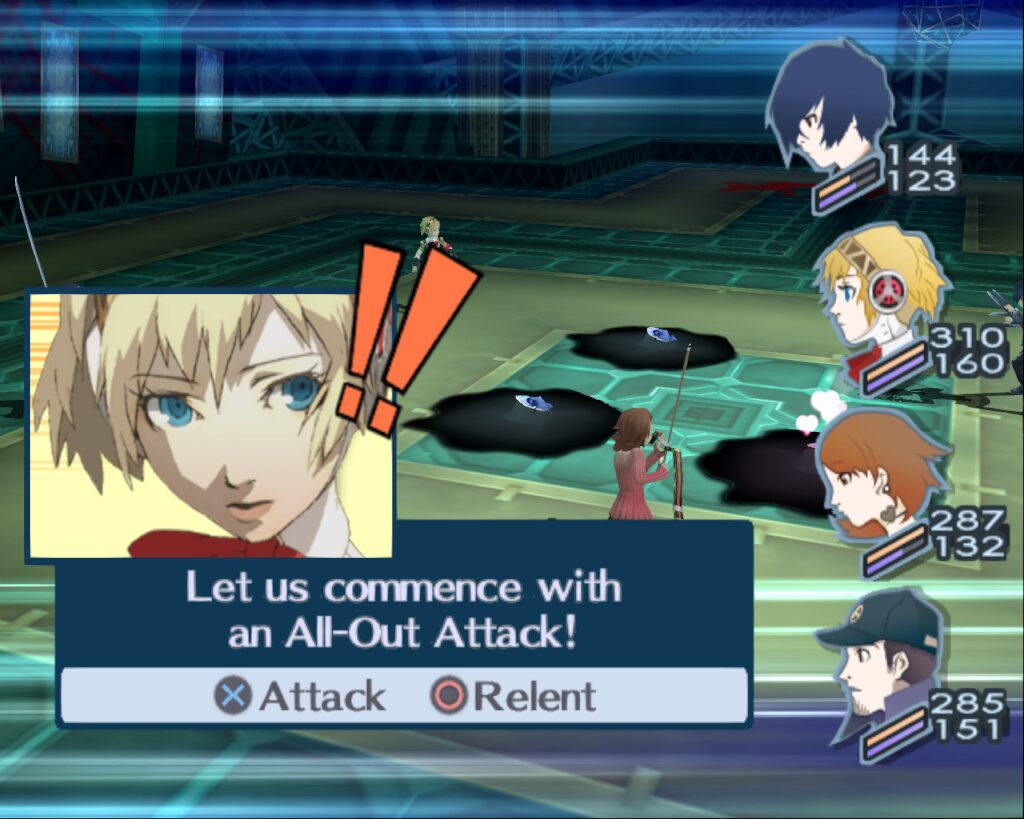
The most fundament example of your characters acting like people is that you cannot control your party’s actions in battle — at least, not in the original release of the game. Rereleases offer the option of full party control, though I’m more fond of the original implementation. The developers were sticking to a theme, and I respect that.
Your demons are your party
Another way in which Persona is a hybrid game is that is has both the appear of a traditional JRPG, starring a colourful cast of human party members, as well as the appeal of a monster-taming game with an army of demons to do the fighting for you.
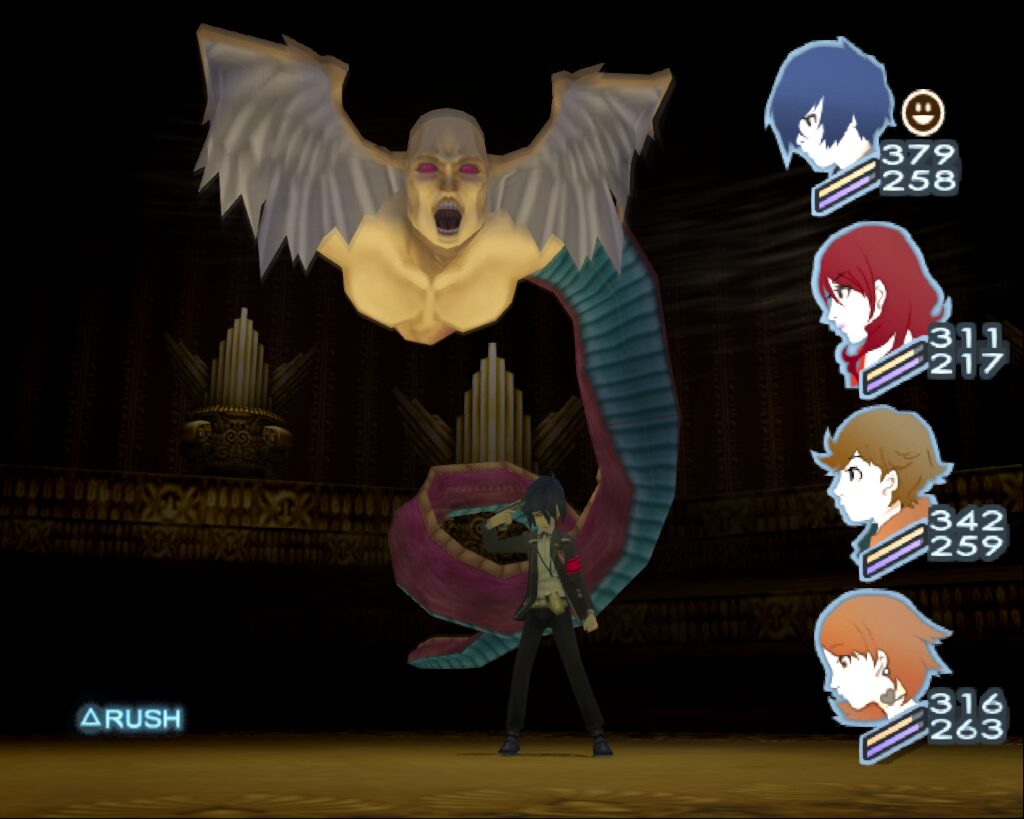
Those demons are inherited from Shin Megami Tensei, Persona’s parent franchise, which is a bit like Pokemon for masochists. Persona 3 is by no means an easy game either: it demands that you create strong monsters and makes it a pleasure to do so. Fuse a new monster when you have a social link associated with the correct aracana, and the new monster will receive a waterfall of experience, levelling up multiple times in a row and obtaining higher-level abilities without a moment of grinding needed.
That’s something you get in SMT games but not in Pokémon. You can use your new monster and they are effective immediately. There’s a trade-off, though: you don’t keep a monster long enough to form a strong bond with them, like you would with a Pokemon. You enjoy their company and their power, then you trade up. They are temporary friends only.
Though these connections are brief, they can be meaningful. At the top of the second block of Tartarus me and my party met groups of nasty beetles that hit for big physical damage. They killed me a few times. Back in the purple room, where you fuse new monsters, I noticed one that had good lightening skills, which the beetles were weak too. Plus, I could fuse him with passive abilities that increased my defence, allowing me to tank the deadly horns of my foe. Plus, this new monster looked very cool. I brought him into battle against the beetles and he made short work of them. When I ordered him to attack, the main character even shouted his name: “Take-Minakata!” Why can’t Pokémon games do that?
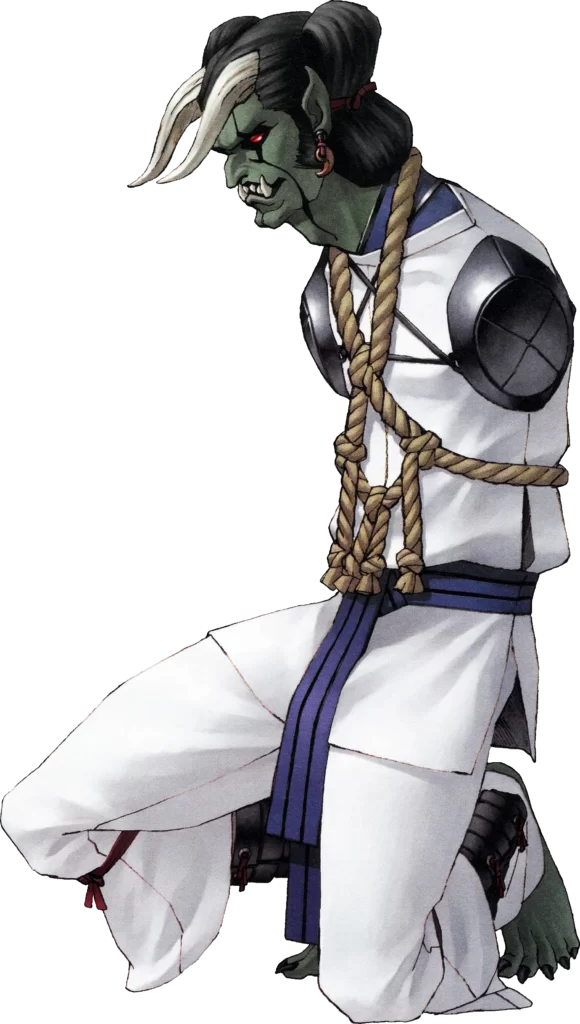
I know I would replace him after a few floors, but for that moment I was extremely pleased with my strong new monster, and felt a bond with him. That’s what makes the heart of a great monster raising game.
Demons drive the mechanics of the game, but they are fenced off there: they are rarely relevant in the story, except in a generalised way. Each character has a unique persona (the correct name for the monsters they fight with), but they have no individual personality or role.
It’s almost if these monsters were only a Alice In Wonderland-like metaphor, and it makes me question if this is a game about monsters at all, or if they are just a obligatory carry-over from the parent series.
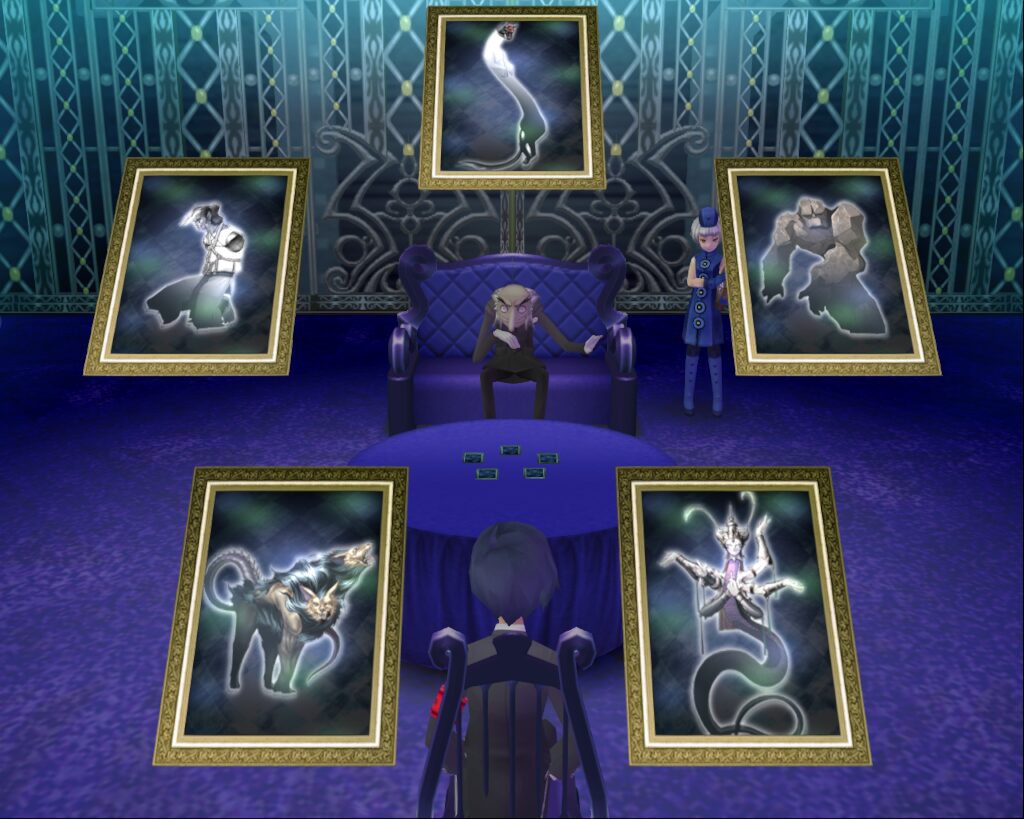
Would the game be meaningfully different if all demons were replaced with spells? I don’t think so. They add to the atmosphere and they support the mechanics, but that’s about it. They are superficial, and that’s fine: this game isn’t about demons.
Sense of place
If not demons, what is Persona 3 about? While we try and figure that out, let’s take a walk through the town. Persona 3 takes place in Iwatodai City and Tatsumi Port Island. Your characters are high school students and must spend some of their time in their lessons at Gekkoukan High School. If you join the swimming team, you might visit the pool after school, which glistens as it reflects the overhead sun. As you leave the school, passing gossiping students at the water fountains, you pass are shelves at the entrance that overflow with student’s shoes.
Each detail in the world feel true to life. That goes for the surrounding town, too. The ramen restaurant, the fast food restaurant, the book store, all these tiny locations have a unique atmosphere to them. I want to visit these places. I want to drink coffee in Chagall Café. I want to sit on the lawn by the persimmon tree. I want to walk the dog in the shrine and run into somebody I know on the way.
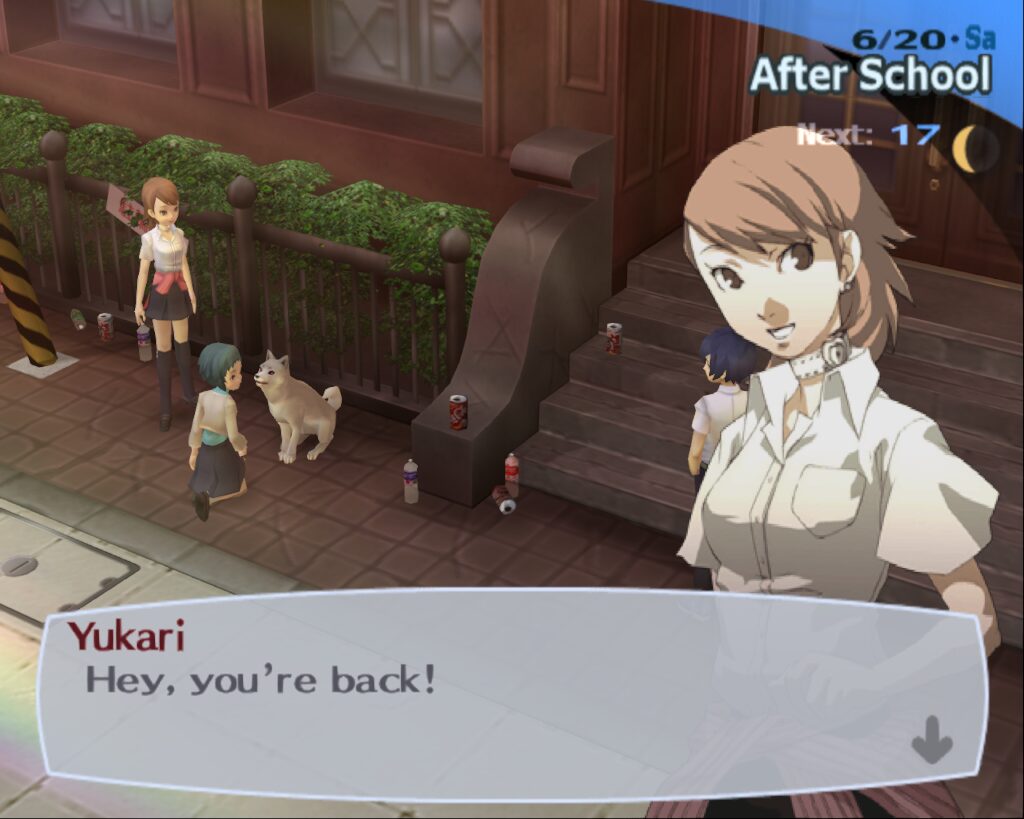
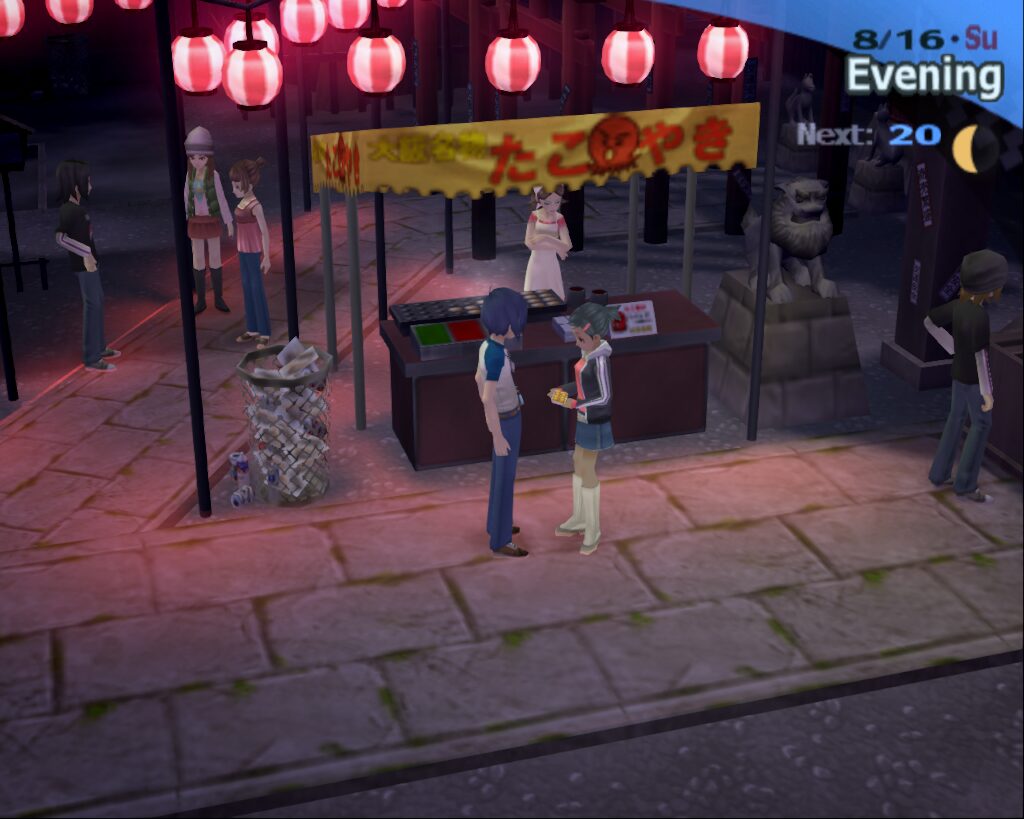
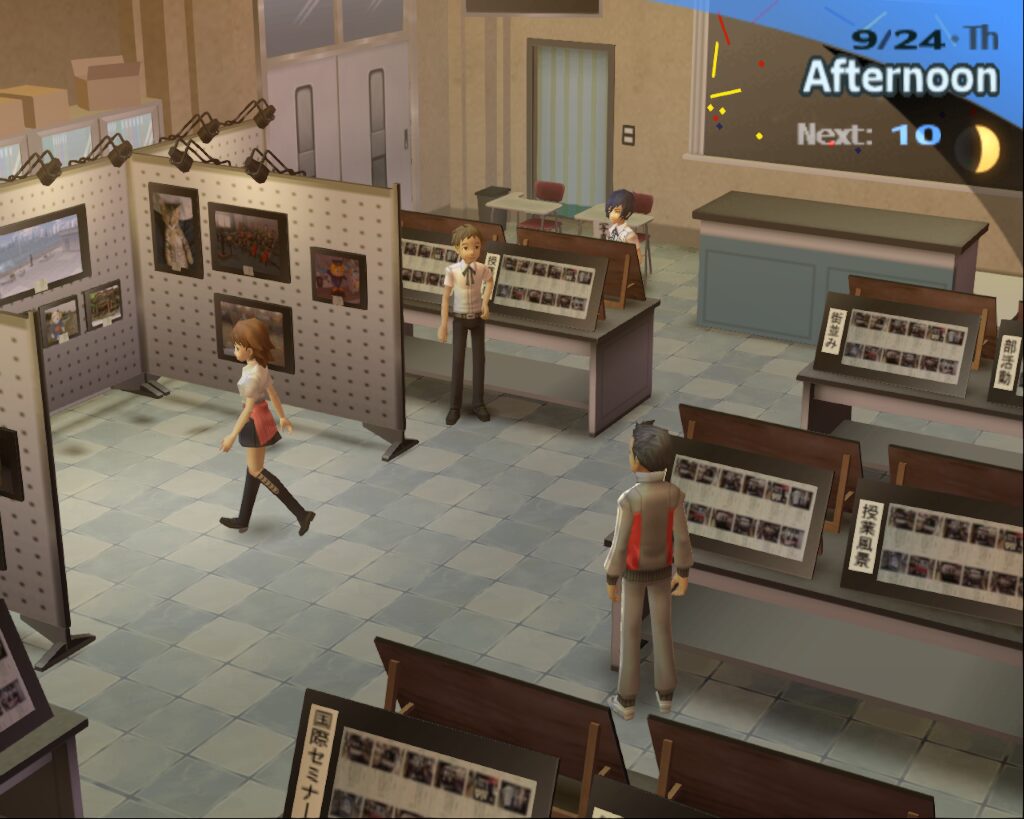

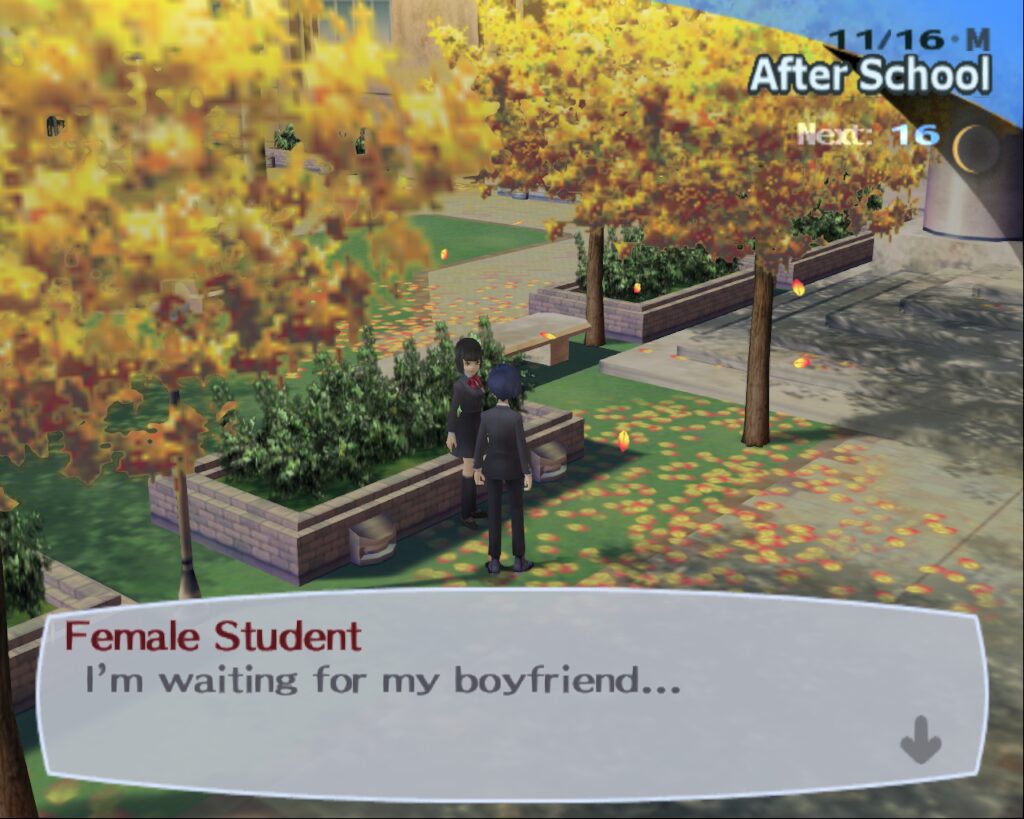
Just like in real life, in is in these regular places that you find peace, and in these pointless moments that you find pleasure.
Time is your enemy
Days pass and winter turns to spring, at which time the characters no longer take their jackets to school with theim, and at the weekend they wear lighter casual clothes, too. Though you path you walk to school hasn’t changed, the music has, and the cherry blossoms are blooming.
Persona 3 takes a lot of care in portraying the passage of time. That because the whole game is based around it. You play this game day-by-day, and when you have taken your last action for the day, you go to sleep, and the date changes – unless you enter “the dark hour”.
The dark hour is when demons called shadows walk the streets freely, and most humans are frozen in place. If you end the day by entering the dark hour, a ticking clock counts down to midnight and then… shatters.
Early on, during the dark hour, you are visited by a mysterious boy in striped clothing. He tells you this: in one week you will face your greatest challenge yet.
One week is no simple narrative device in Persona 3. That is a week you have to live though, choosing what to do with each of your days. Which friends do you spend time with during the day? Which nights do you train and which do you rest? Do you continue to study, or leave that till after the challenge?
In the days before the big challenge, the usual chirpy music at the school gates turns ominous. The friends you pass there confide their fears, doubts and determination.
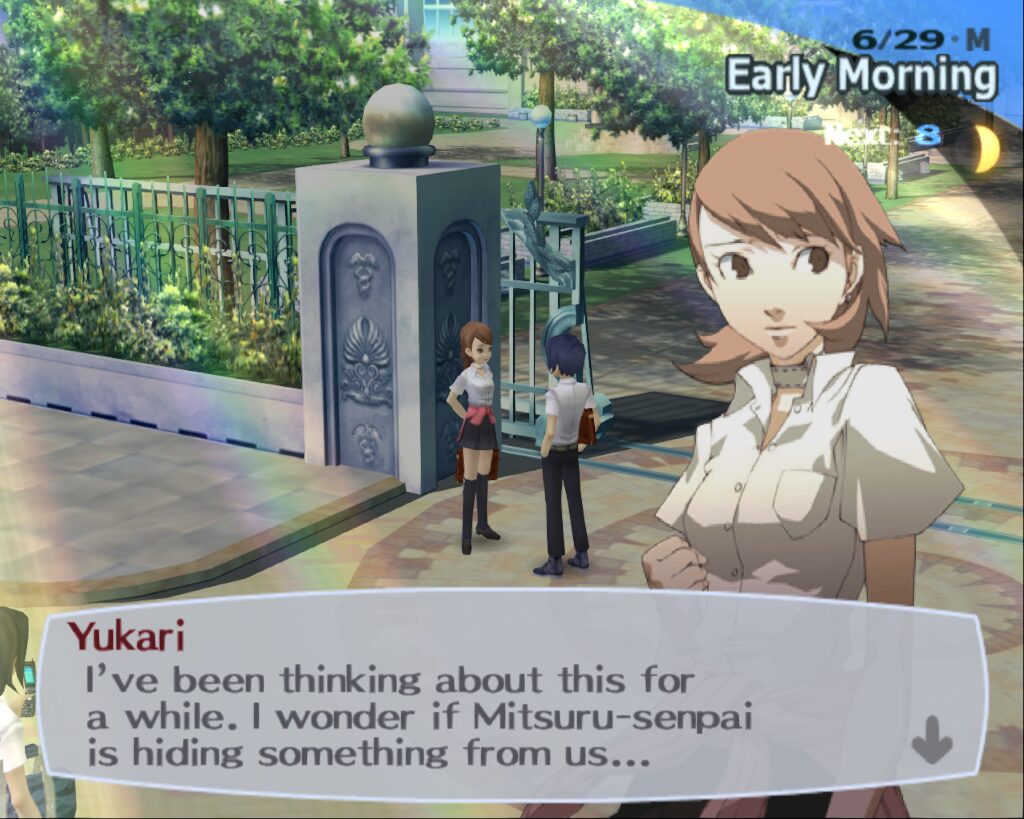
Unlike a traditional JRPG, time can be “lost”: you have a number of opportunities each week to spend on stat-building activities, and if you waste them you cannot get those opportunities back. You cannot go back in time. Vacation and the school trips last a set number of days, and when they are over you cannot return to those locations. Similarly, you can’t speak to your classmates during the school holidays, so you spend time with them while you can.
Much later, the game puts its skill at crafting atmosphere to make something chilling. The world turns cold, crazy and depressing, and you walk through the mall where you used to go to sing karaoke, where it has a wallpaper of cult flyers, and human sufferers of apathy syndrome stand as static as furniture, and it is a sad sight.
You always want it make the most of what time you have, both in terms of being efficient about building social links, social stats and levelling in the dungeon, but also making the most of your time in this world with the characters, before something dreadful happens.
The message of Persona 3 is trite if you spell it out, but the game doesn’t spell it out. It makes you experience it, it makes you live it though how you play the game and how you experience the story.
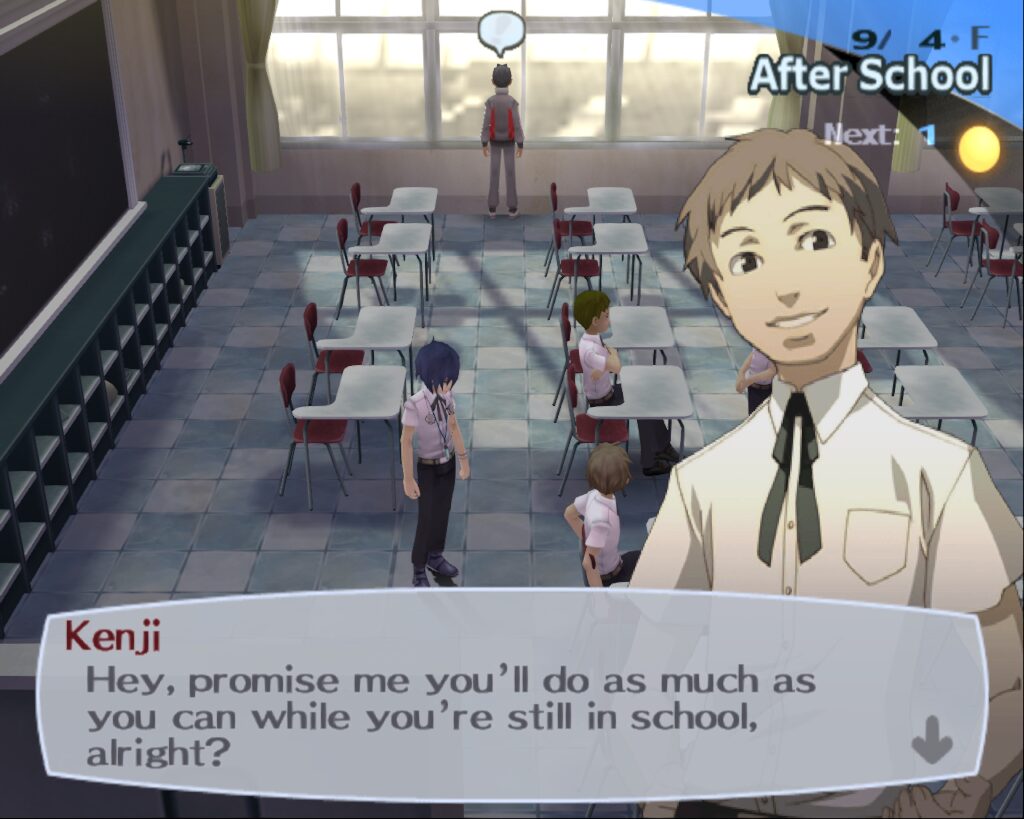
People are your world
Take a stroll to the shrine in the evening, and you will run into Meiko. She is one of the many residents of Iwatodai City that you can build a “social link” with. Each time you spend a slice of your day with these characters, and you will live a small chapter of their story, learning about their challenges, flaws and futures.
What sets Maiko apart from the other social links, who are all teenagers or adults is that she is nine-years old. For a long time, I was reluctant pursue the Meiko social link because of this. It felt too strange to be hanging out with an nine-year old school when character I was controlling is in high school. It occurred to me how ridiculous that would look to my classmates and who suspicious it would look to any adult passers-by.
The fact that this even occurred to me is a clear sign that this game had deeply immersed me in its world.

Eventually, I started using my time to talk to Maiko. It wasn’t long before I sympathised with her story, which revolves around a precarious home situation.
I started thinking way too seriously about how to respond to her so that I didn’t upset her or give her harmful advice. At one point, she starts crying, and the options are “Tell her to stop crying” or “Let her cry it out.” That’s a tough one.
Social links usually just progress, but they can also be broken. I was left gaping the first time this happened. Yuko, the captain of the swim team, is one of the romanceable characters. As the social link progressed, our conversations became more intimate. However, I must have gone too long without speaking to her, because she broke up with me.
When I got back to the dorm, I wanted Junpei should give me a slam on the back and tell me better luck next time. I wanted Yukari to be sympathetic. I wanted Akihiko or Mitsuru to give me some practical advice. Of course, that’s expecting way too much from the game, which does not react to my loss. Nonetheless, the emotion I felt was quite real.
Now I have reason to be concerned. Have I unintentionally activated a degenerate part of the brain gets overly attached to fictional characters? How long before start talking about waifus unironically?
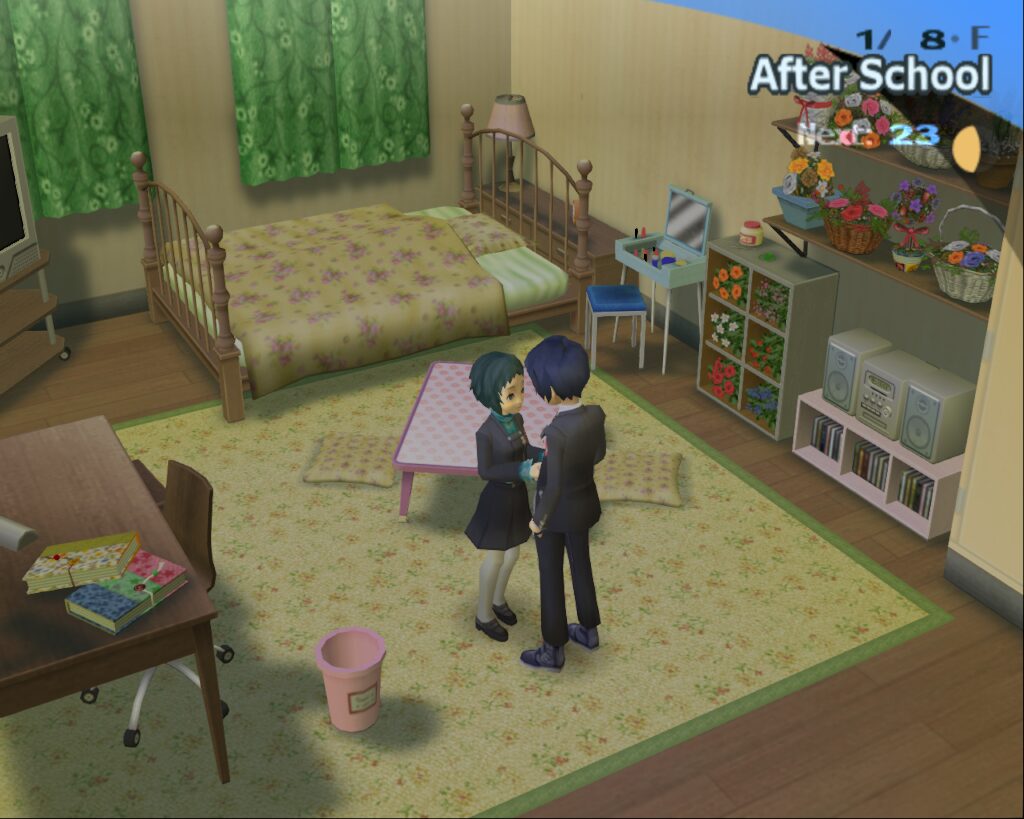
Part 1.5 The genius of social links
The early steps you take into Persona 3’s “real world” (the half of the game in which you have school work and a social life) introduces you to some curious game terminology. After you progress a socia link, time stops. There is the sound of glass breaking. Unsettling music plays while a mysterious card appears on the screen, and you are told that you now “Create Personas of the Fool Arcana” up to a certain level.
This dramatic version of a “level up” is part of what makes social links addictive to pursue, but at first it is confusing, because the game hasn’t told you what an arcana is or why it matters.
Soon, you discover that arcana are how the two halves of Persona 3’s gameplay slot together, and it’s a brilliant mechanism. The reason you build up social links in Persona, (other than to hear a selection of stories about depression, disconnection and growing up), is to be get bonus experience when you fuse a monster. The higher the social link level, the more bonus EXP gained by demons matching that arcana.
For example, spending time with Meiko means stronger demons of the Hanged Man arcana, and spending time with Yuko means stronger demons of the Strength arcana.
It’s a JRPG, there is a lot of dialogue, and the relationships you build through dialogue in the “real world” translate to increased strength when you enter the dungeon. That character development is the story is also part of your training. It’s mechanically relevant.
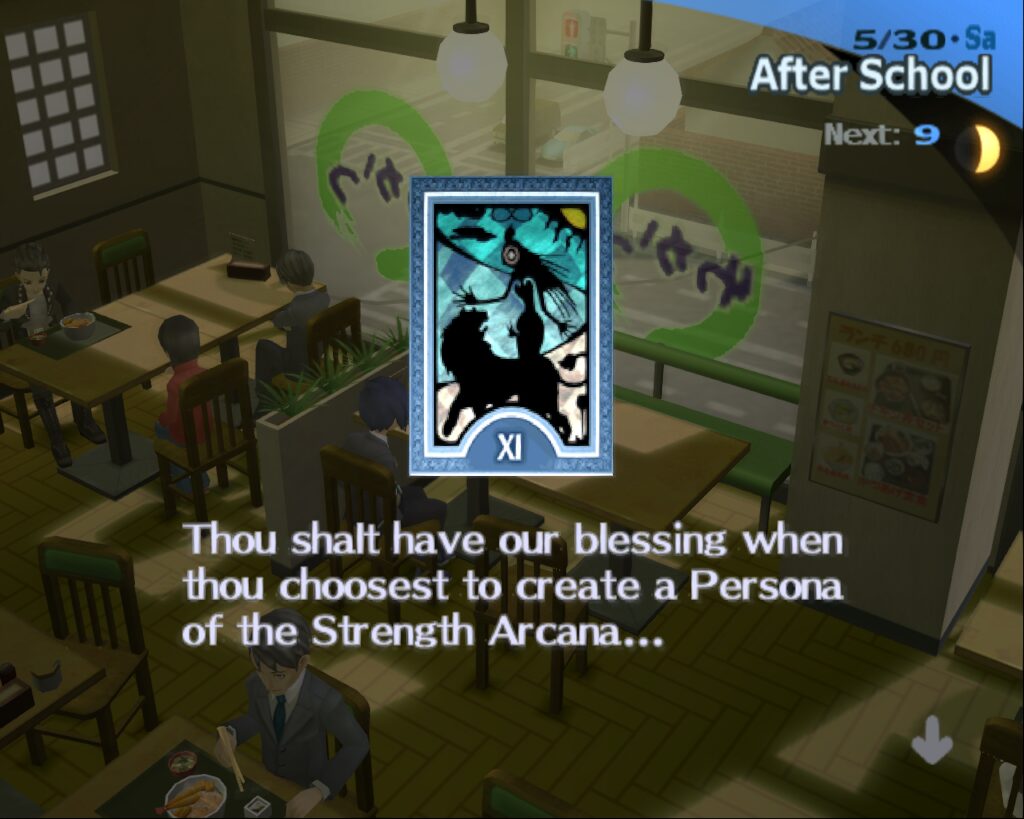
This is easily my favourite mechanic in Persona 3, and maybe my favourite mechanic in any JRPG ever. If Persona 3 was the first JRPG to do this, it’s quite incredible. It’s a genre in which story and battling are bread and butter, but Persona 3 seems to be the first one that buttered the bread!
Part 2: Mechanics
Battles
Let’s go back to the dark hour. At the stroke of midnight, you can choose to enter Tartarus, This is the game’s solitary dungeon, where shadow roam through twisted hallways and the floors go up seemingly forever.
The monsters you find here are surreal creatures, typically black blobs with a mask glued to a random object. There’s a stag beetle with the purple mask at the end of its horn. There is a tiger’s head grafted onto a spiked chariot wheel. There are floating snakes that coils around themselves in an unnerving fashion.
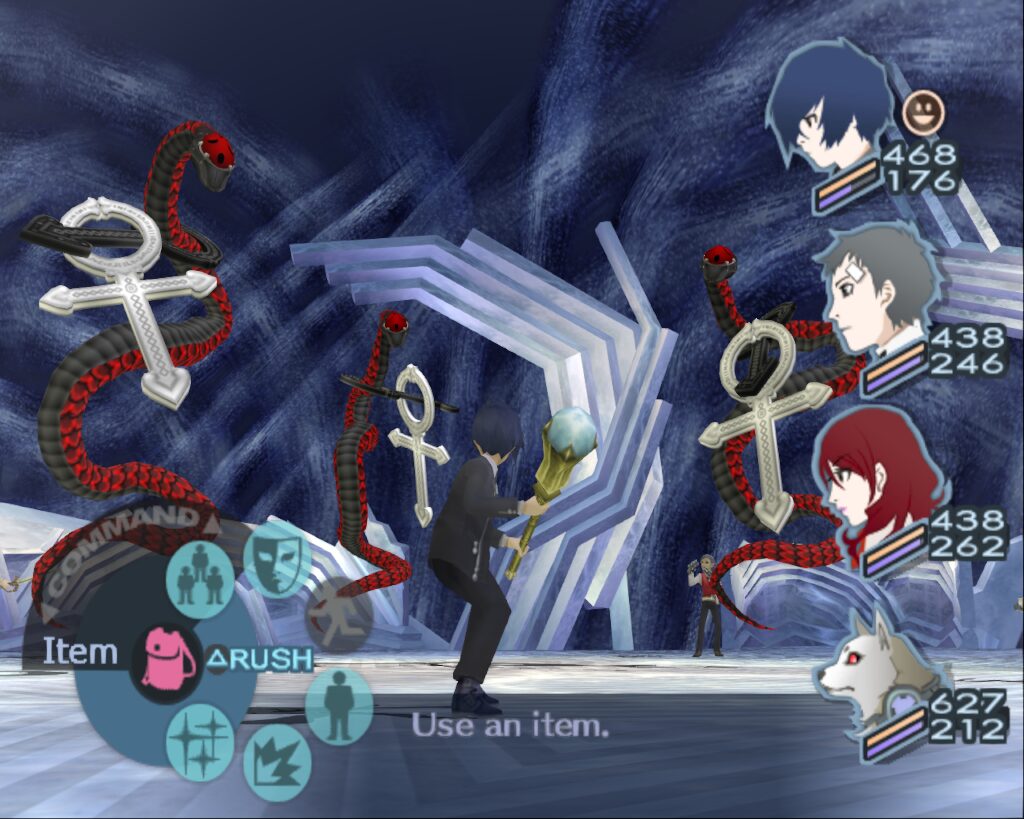
After a few fights with these abstract abominations, I had a revelation: Persona 3 has almost everything I want from a turn-based battle system.
How often do you choose Attack in a JRPG because you can’t think of anything better to do? That’s not how it is here. For one, the reward for hitting an enemy’s weakness is just too juicy to ignore. Not only do you get an extra turn for knocking them to the floor, but if you can do that to all foes you can perform an “all-out attack”, usually ending the battle It is very like watching a row of monster-shaped dominos fall in slow motion.
This makes having a range of magic essential, and a range of physical attacks too, but it goes beyond that, because eventually you find enemies without weaknesses, or enemies that hit so hard that they will still kill you before you kill them. How do you deal with those? Buffs, defuffs, status ailments and elemental resistances become the counters that you can’t get with elemental attacks alone.
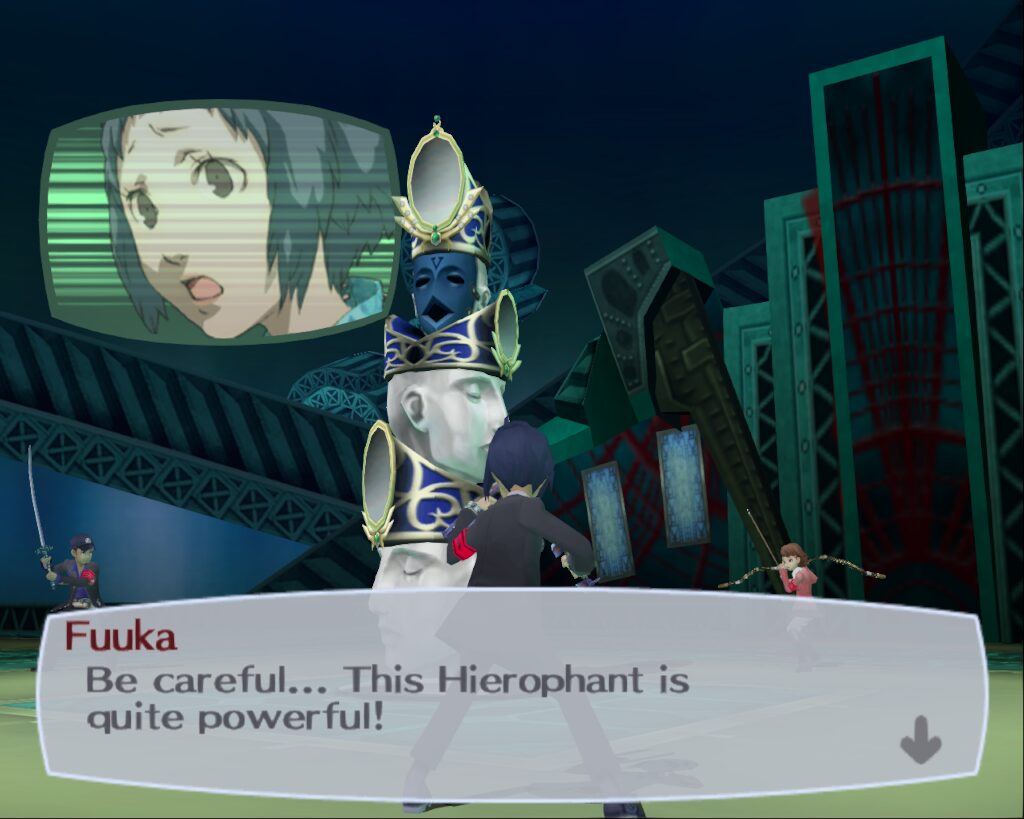
Almost every move in your menu has a purpose, and almost every turn makes a difference.
Persona 3 is a game of counters, hard counters even, and they’re not always obvious. Sometimes the solution you need is found in an item, such as the a magic mirror that reflects magic, versus the magic bomb dropping Sleeping Table mini-boss). Other times, the trick involves a sequence that you repeat throughout the battle. Bosses can be discouragingly brutal until you find the right approach, but when you do it’s like activating a cheat code.
This results in battles where every correctly chosen attack feels powerful and every major success feels earned. I think back on how easy it is, in other JRPGs, to ignore the attributes of battle, and how flat and redundant those systems seem now.
Oh, and because these battles involve a variety of hard counter, it really does incentive you – well, force you – to change your personas, weapons and party members according to the situation. And I love the variety that arises from that.
Persona 3 is long, maybe repetitive, but almost to the end I was still making mistakes and learning new ways to succeed.
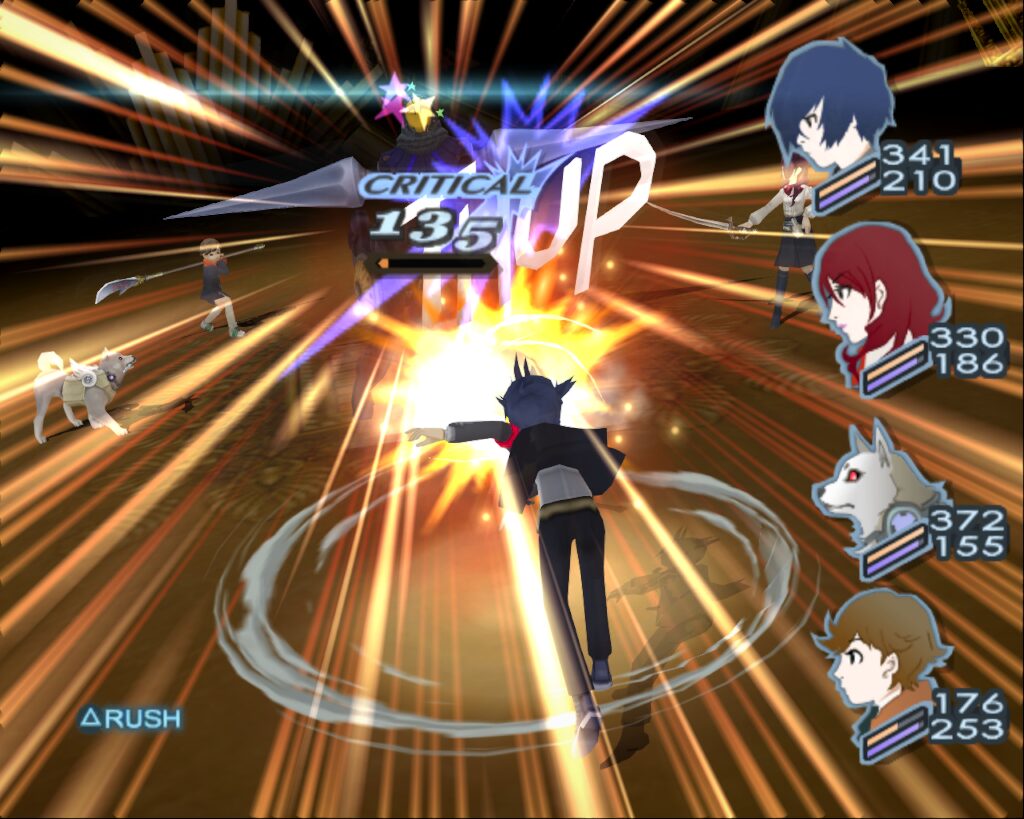
Field
The field is what connects your exploration experience to your battling experience. In Persona 3, it means the halls of Tartarus, in which you can enjoy a highly developed “field-game” that exceeds that of most other JRPGs.
It is reminiscent of Earthbound, but better. Enemies, visible in the halls as a slimy blob, will chase you, but they can always be avoided. The size of the blob indicates the number of enemies, but not their strength. A large blog is likely a group of weak enemies. Counterintuitively, it is the small blobs you should watch out for, but not as much as the red blobs, which represent truly threatening battles.
There is an even greater threat than that to be found, too: if you stay on a floor too long, the grim reaper shows up! On the other hand, if you out level a group of enemies to the point that the encounter would be trivial, they will run away from you.
Hit a foe before they hit you to get a better chance at a first turn advantage. Let them hit you first, and it’s probably going to hurt. Swinging your sword (or spear, axe or fist) in the dungeon screens feels surprisingly nice. It never got old to surprise an enemy by dropping the end of my sword down their back.

Here’s an example of those systems in action. This happened while I was climbing from floor 90 or so. I was ready to retreat at around floor 93 but I couldn’t for the life of me find a teleporter. So I kept climbing, avoiding battles where possible, but also hitting enemies first if I otherwise risked the enemy hitting me. If they got the initiative I was confident they would could wipe me out, so I removed enemies from the field where I thought it was prudent. The red enemies scared me of most of all. On floor 97, Fuka told me the teleporter was on the next floor. Then, a red enemy appeared just a few steps from the room with the stairs! I snuck around him, and punched the air as I reached safety.
This is a lot more positivity than you might expect of a discussion around Tartarus. While the systems here are excellent, the level design is generic: randomly generated floors of a single dungeon, with a different tile set every 30 or 50 floors, but functionally almost identical from the first floor to the last.
It’s hard not to think about Jade Cocoon at this point (What is Jade Cocoon?). The first game had forests that were everything I wanted from JRPG levels, with something visually interesting on every screen and with many-non combat interactions with NPCs and the environment. In Jade Cocoon 2, released on the PS2 but pre-dating Persona 3 by about 5 years, the forests had become repetitive, endless identical paths resembling Tartarus’s endless identical corridors. But in Jade Cocoon 2, there were still, rarely, NPCs to speak to.
Persona 3’s dungeon is fantastic for facilitating combat encounters, but it fails at integrating into the narrative or into the world in a moment-to-moment, floor-to-floor manner (the dungeon does have a broader purpose in the story, of course).
But because you can run from enemies, and because it’s not too rare to get lucky and find the stairs leading upwards right next to where you arrived, and because you can choose when to enter the dungeon (ignoring it for many days in a row in favour of the social sim mechanics), the game doesn’t force you into engaging with its tedious level design too often. It is easy for me to overlook this flaw.
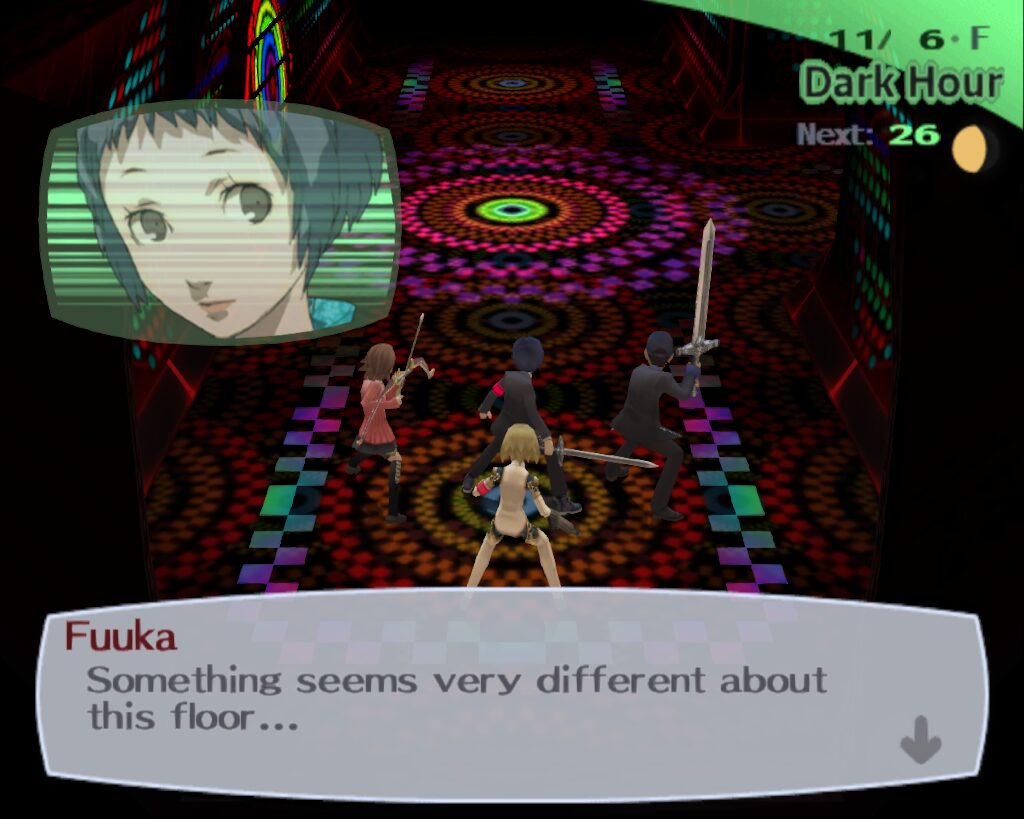
Moreover, little pleasures like figuring out the weaknesses of new monsters you encounter, or seeing higher numbers on the minor arcana cards you pick as a reward at the end of some battles, helped keep the climb engaging.
Levelling
As a gun should feel good to shoot in a FPS, so too should a level-up feel good to achieve in a JRPG. But not all level-ups are created equal. When reflecting on RPGs, I often ask myself, did I care about getting those next levels?
In Persona 3, the answer is “Extremely yes!” New main character levels do something much more significant than small stats boost: they let you fuse personas up to your new level. Every time, it excited me to get back to the velvet room to explore what powerful monsters I might be able to add to my arsenal next.
Seeing the silhouettes of monsters that are beyond your current level in the fusion screens gives you a tantalising hint at what will be possible in a few levels time, or sometimes much later.
Also, the music that kicks in on the victory screen when you level up pumps me up.
The interesting decisions you make as you get stronger are just dramatically higher than any other JRPG I have played:
- Resistances and weaknesses matter massively, so you probably look at those first when fusing a new monster.
- You still need to out-stat the opponent, so you check which option improves your attack and defence the most.
- Then, does the new monster have abilities that are going to make you more deadly, or can they inherit good abilities from your current monsters?
- And at all times you team needs to be fairly balanced, dealing damage and defending damage against as many of the types as possible.
This is nothing like Pokemon, where you can get comfortable with a team that you like and just keep them levelled up. No, you are always having to reinvent your team in Persona, and you better do it the right way because these battles won’t let you get away with much less.

There is equipment for your characters, but compared to the monster fusion this is a uninteresting element of getting stronger. In most games, finding or buying some a new weapon or amor piece is a big part of the fun. In Persona 3, everything else is so fun I almost wanted to ignore the equipment.
Getting stronger together
We’ve explored the entire process of getting stronger in Persona 3, and what stands out to me most of all is how social links marry the story and the levelling together so beautifully.
You spend half of this game with people that don’t know that demons exist. Your daytime life does not resemble the time your spend in Tartarus at all. Superficially, they are two separate games.
And yet, the the contribution of these people to your strength and your success in battle is palpable at all levels of the game.
When you spend time with them, you level up their arcana. When you fuse a monster, you are grateful to that character for the additional experience you receive. Then you take that monster into battle.
I imagine the anime protagonist who receives the thoughts and prayers of their friends they made throughout the show to level up their attack to beat a boss. That’s what Persona does, but not just as a narrative trope, but as a mechanic.
It is that this, of all the great accomplishments of Persona 3, from the visual flair to the soundtrack to the battle system, that is most impressive to me.
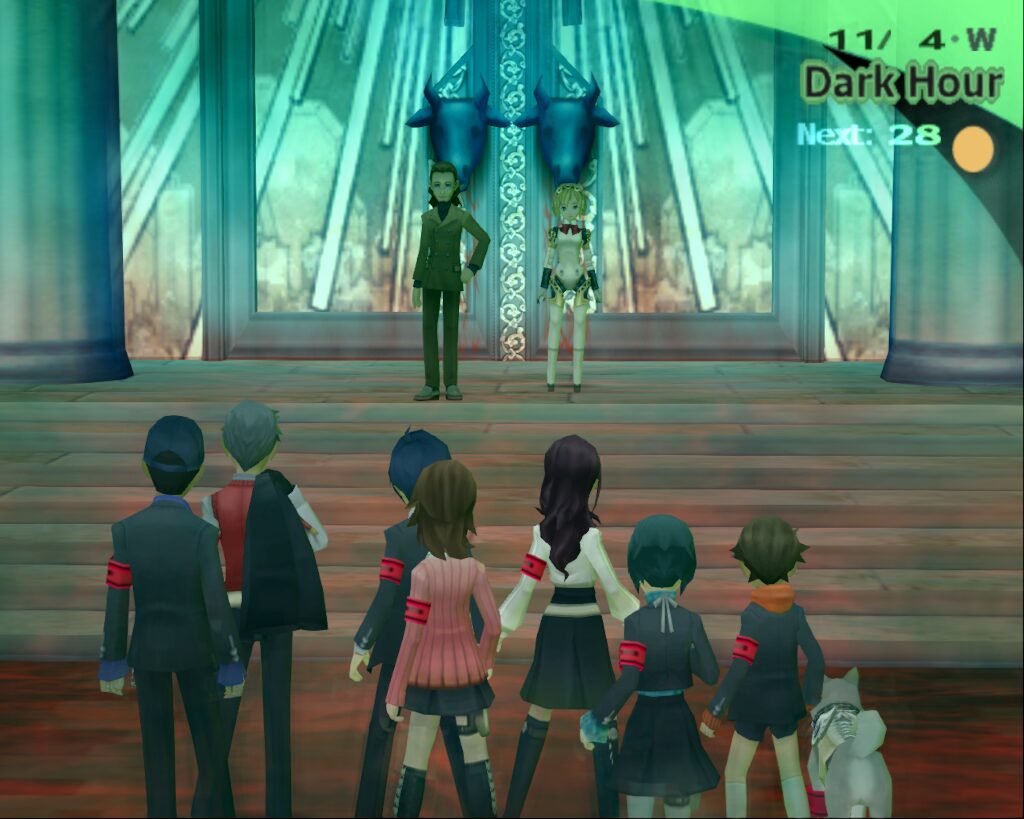
Legacy
A lot of people think of Persona 3 as the lesser sibling of Persona 4 or 5, which is horrendously unfair. Not only because Persona 3 has its unique qualities, but also because it was the first.
Today, we recognise that Persona 5 as a masterpiece that has drawn new fans in to the franchise and into JRPGs as a whole. Yet it builts firmly on the foundations of Persona 3. You can’t say the same thing about Persona 3 and Persona 2, at least not to the same degree. A tremendous creative leap was made by this franchise in 2006, and it was a leap not only for Persona, but for all JRPGs.
Persona 3 popularised the combination of social sim and a dungeon crawler. Post-persona, we see more games making a mechanical connection between character relationships and battle effectiveness: Fire Emblem already had a support system and character conversations at the base, but post-Persona they were combined into a system that effectively mirrored social links.
We can see influences, subtle and otherwise, across the genre. I don’t think Trails of Cold Steel or Final Fantasy Type-0 exist without Persona 3. Frankly, with the way Persona 3 reinvigorated Atlus, there might not even have been a Shin Megami Tensei 4.
Both Atlus and fans of Atlus games owe Persona 3 some gratitude. It might secretly be one of the most influential JRPGs ever. It deserves to be in the same conversations as Final Fantasy VII. It will remain a blueprint for any designer wanting to combine two genres and them both to tell one story with one strong theme.
